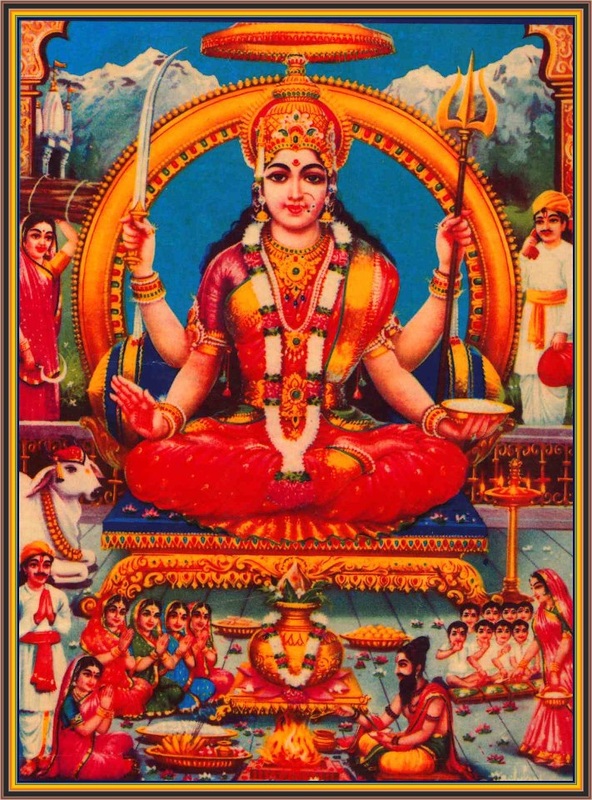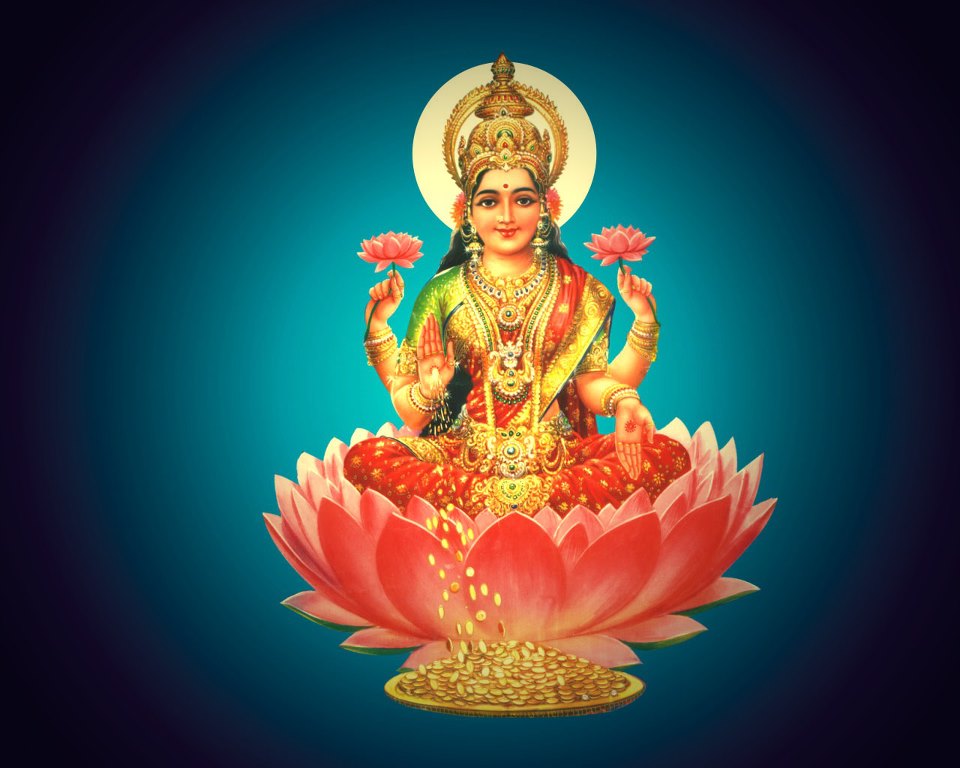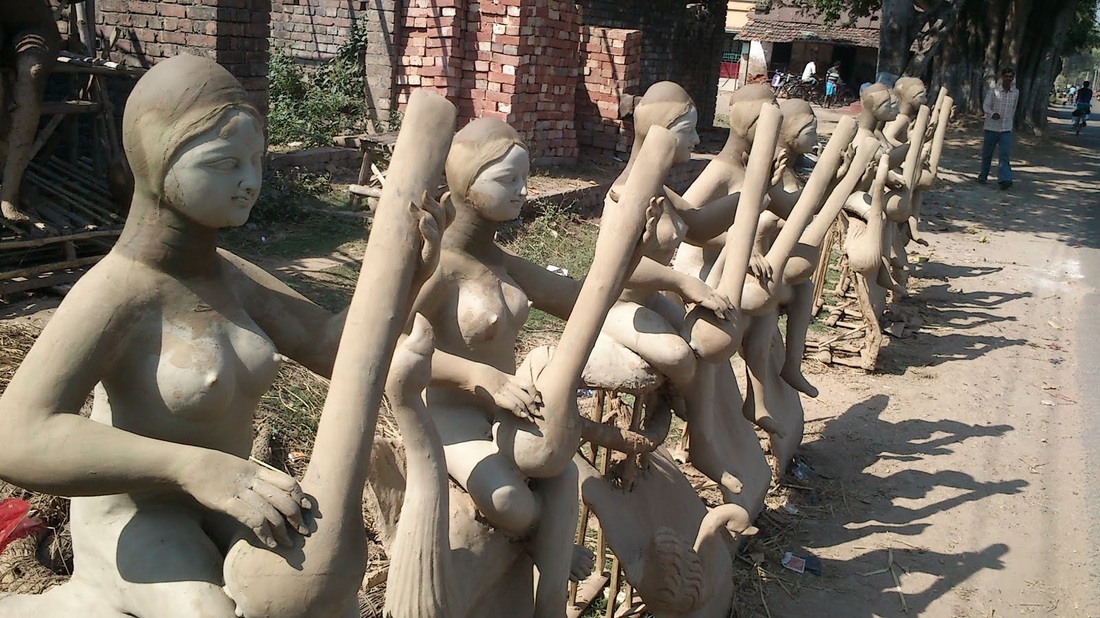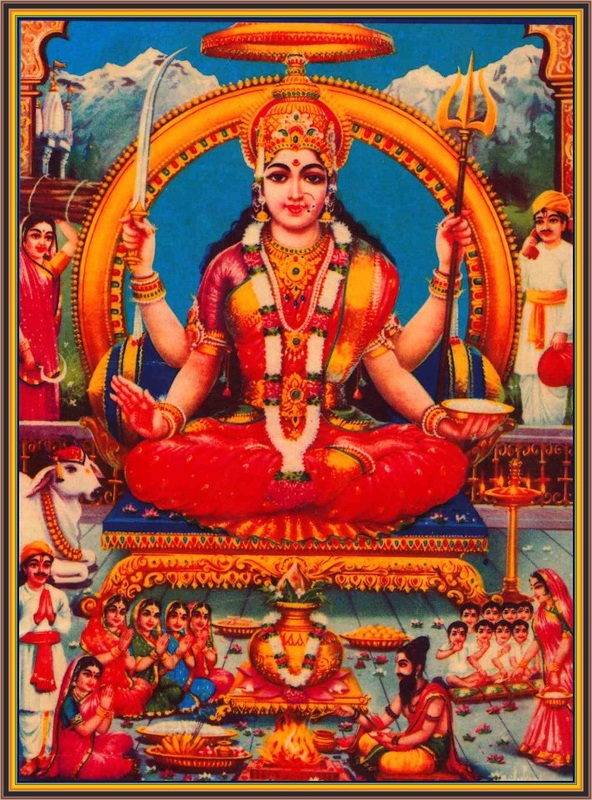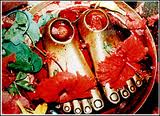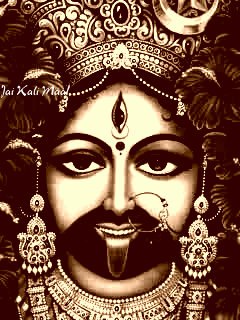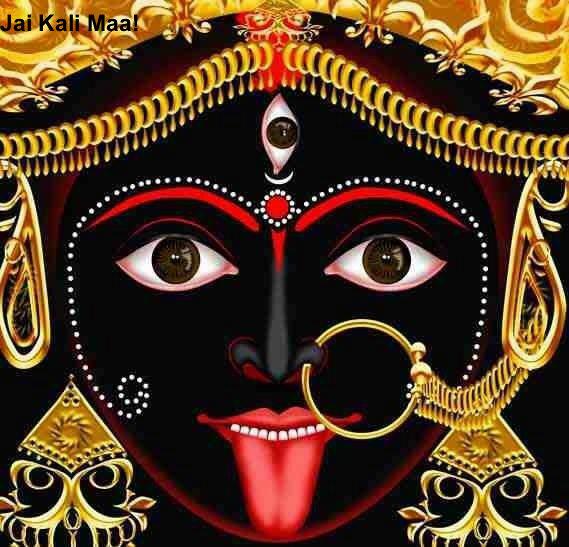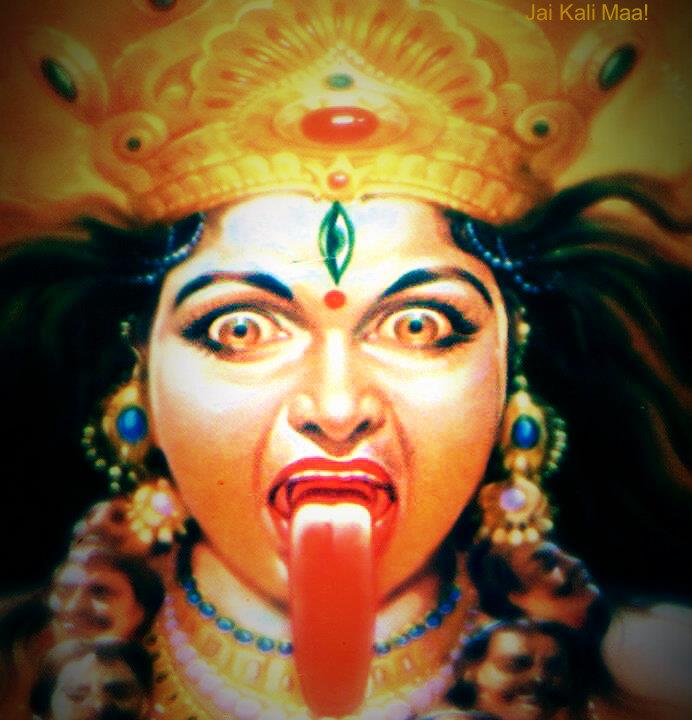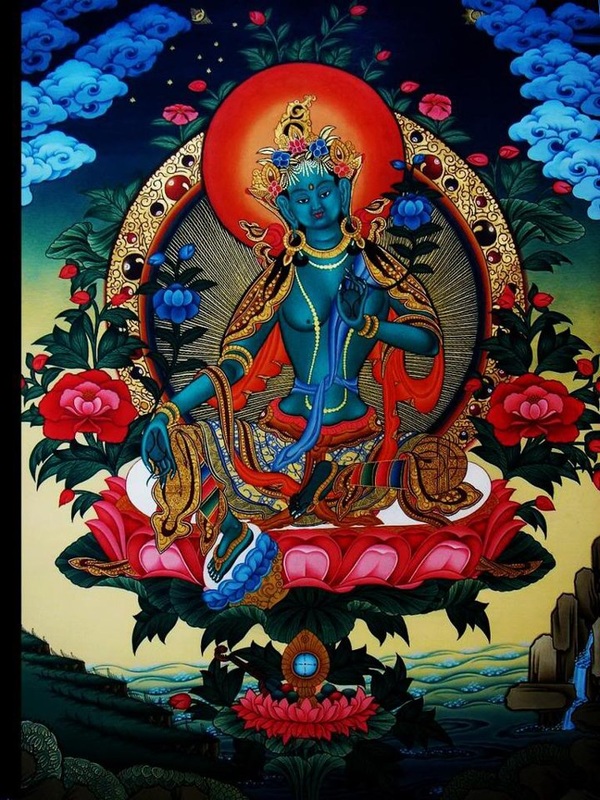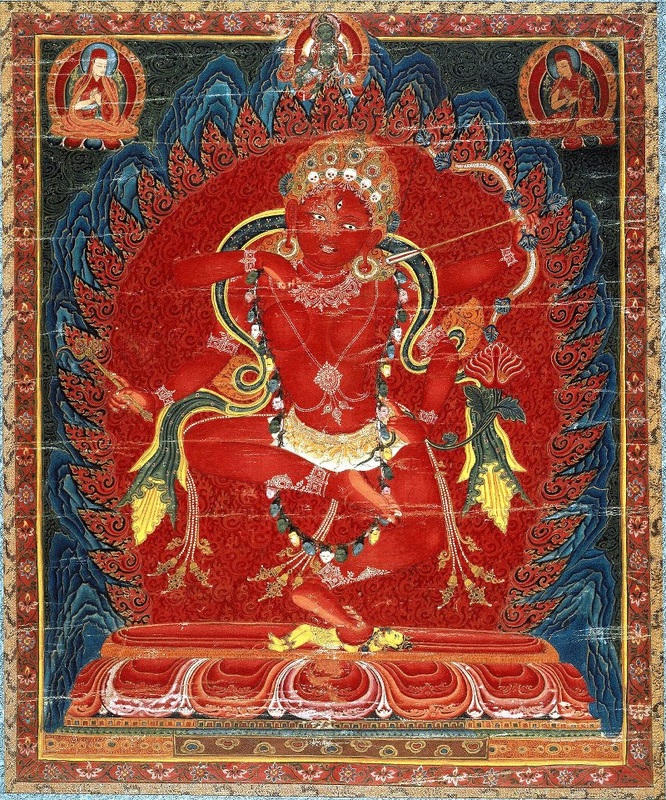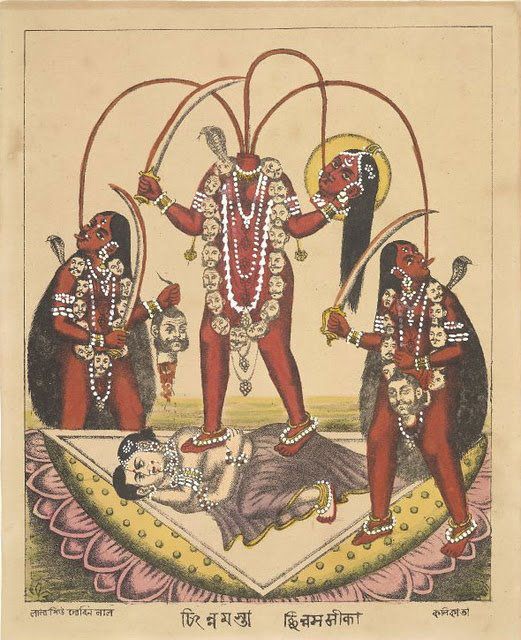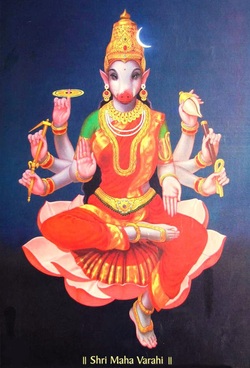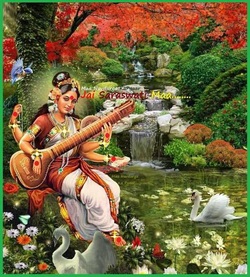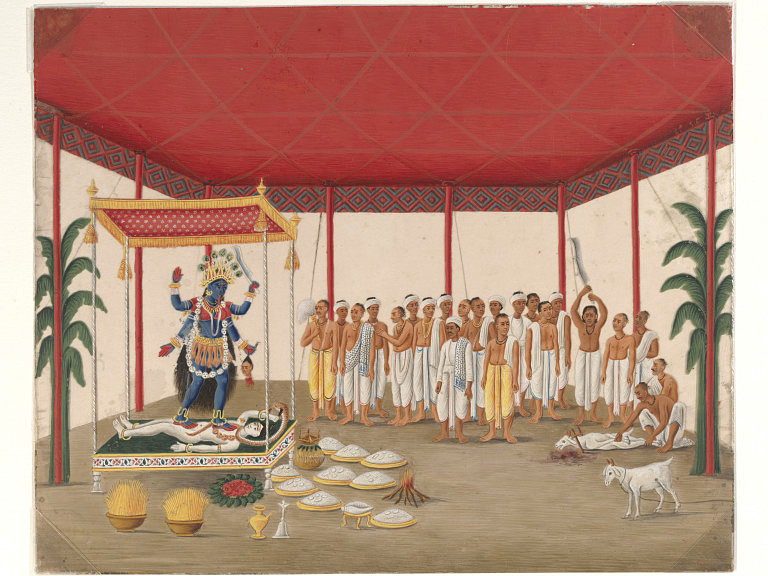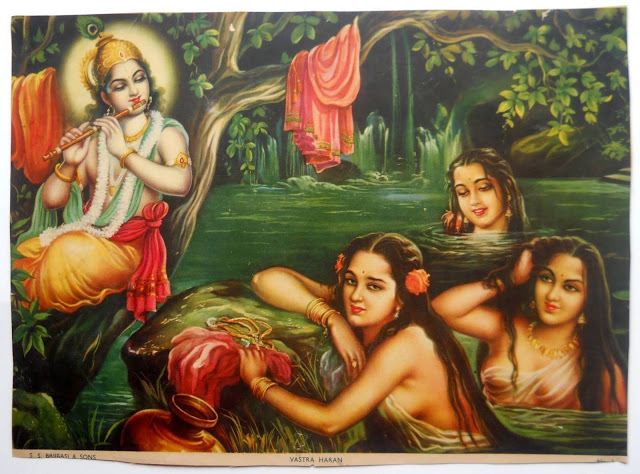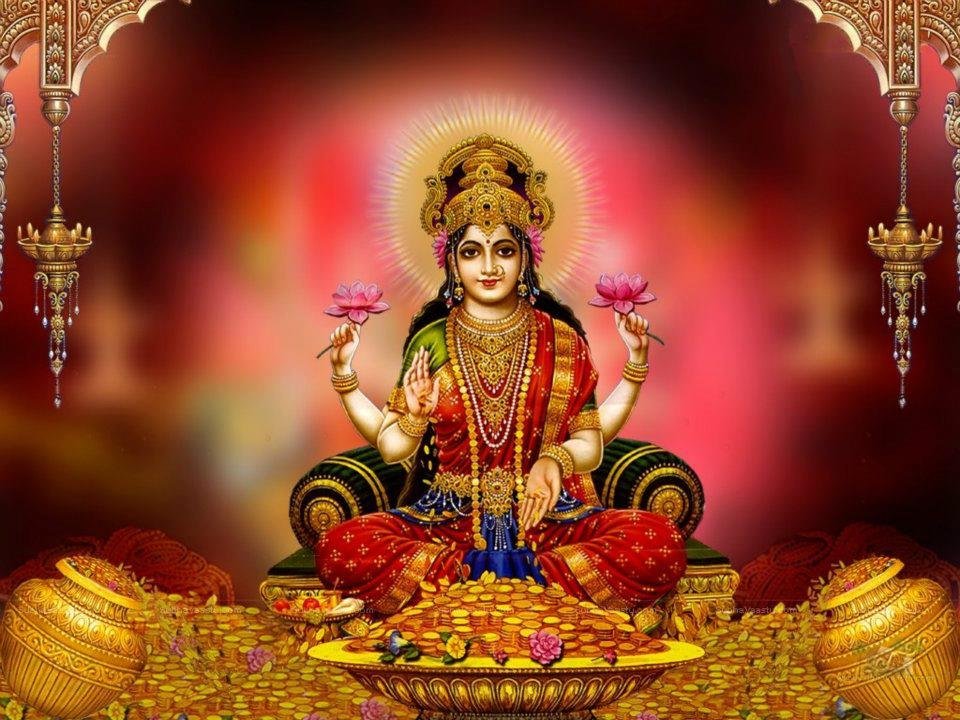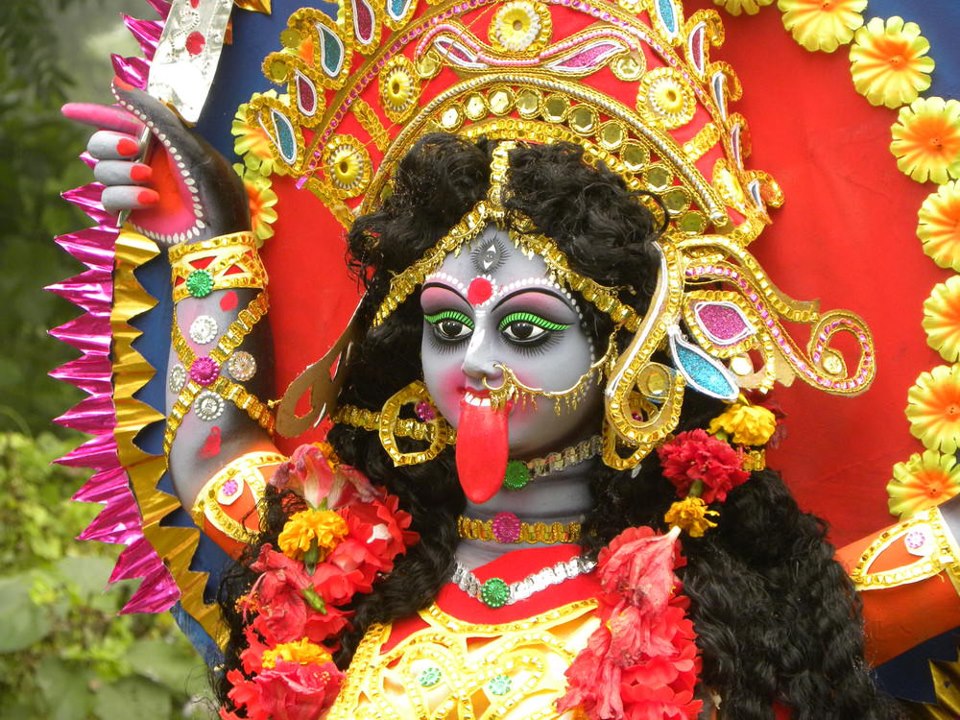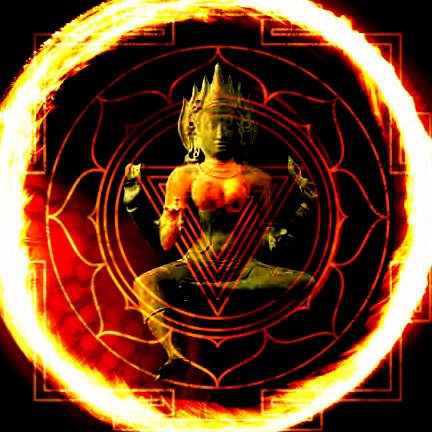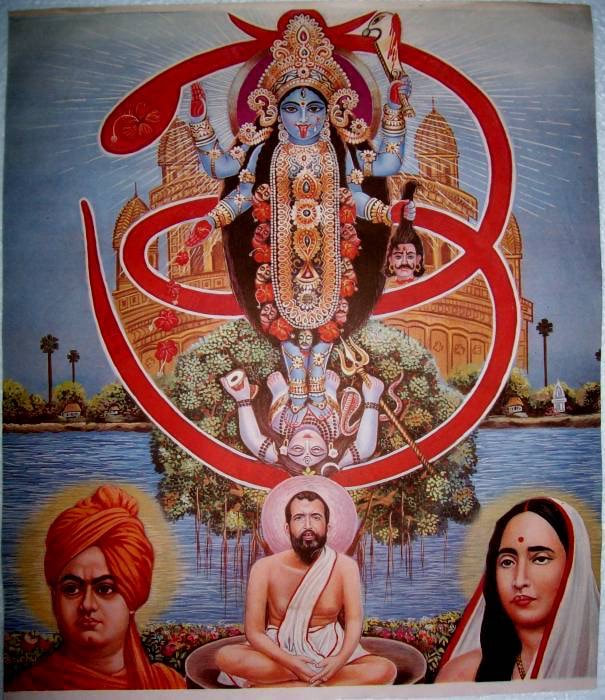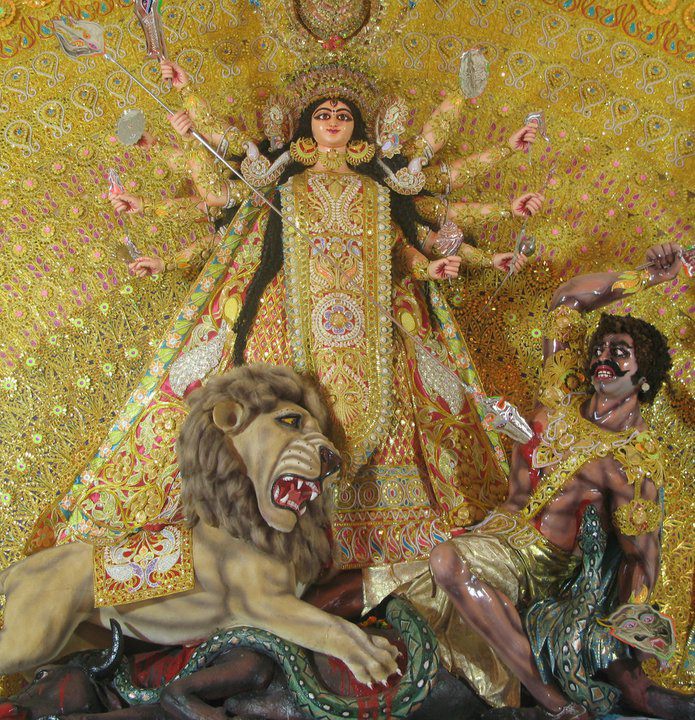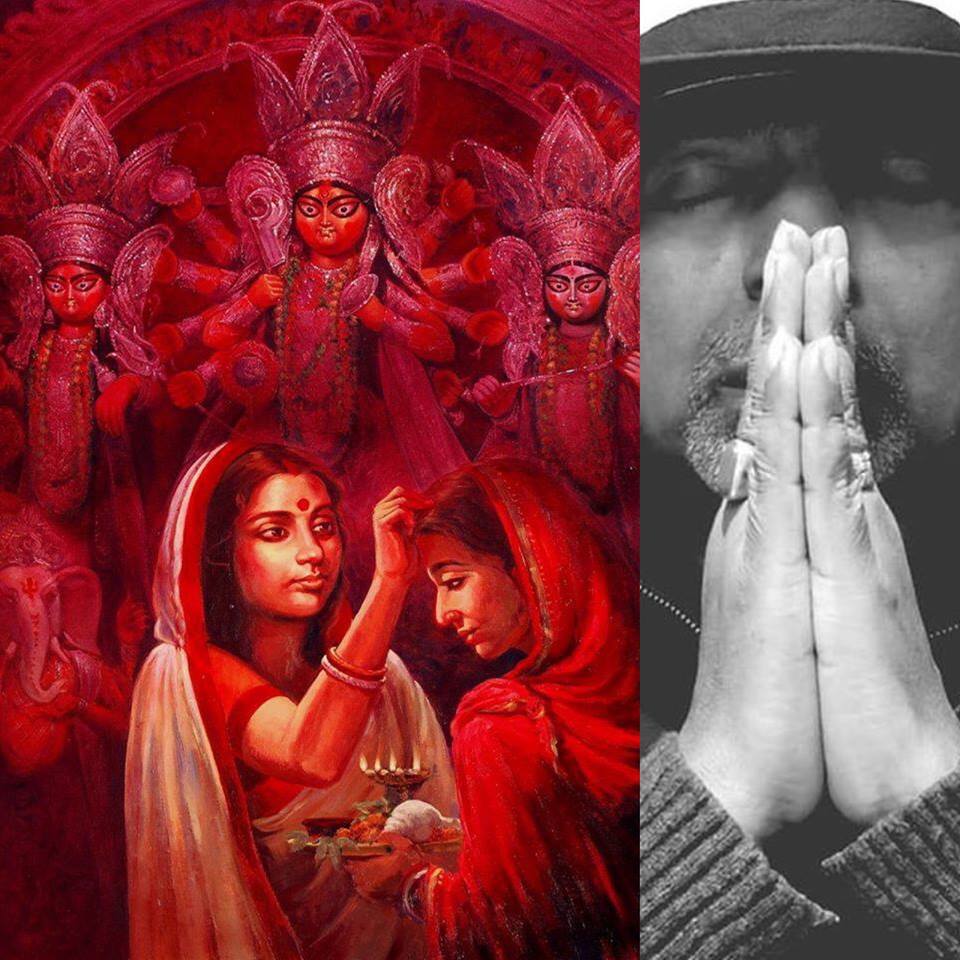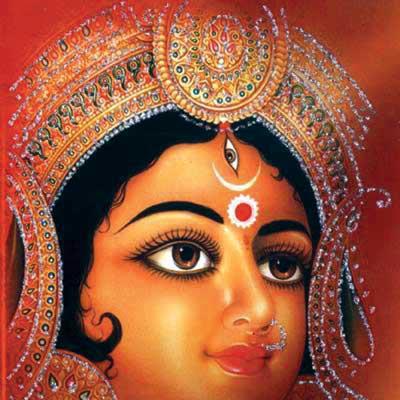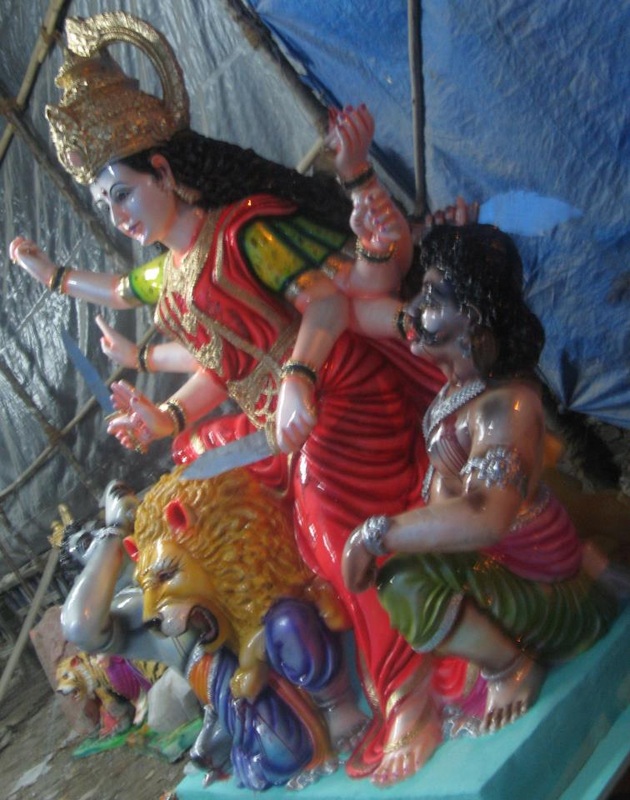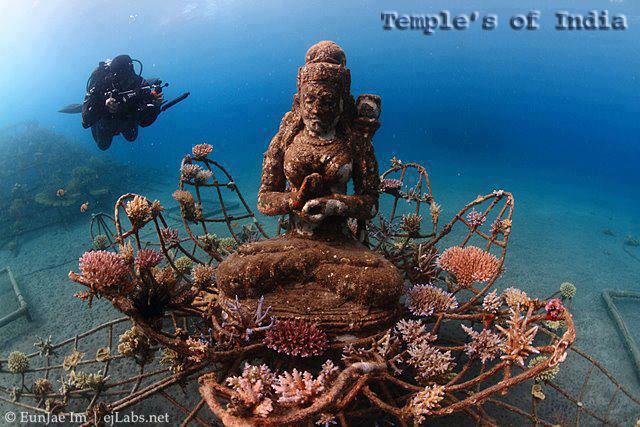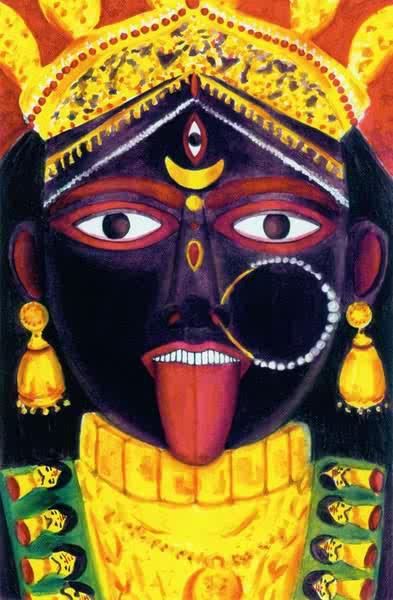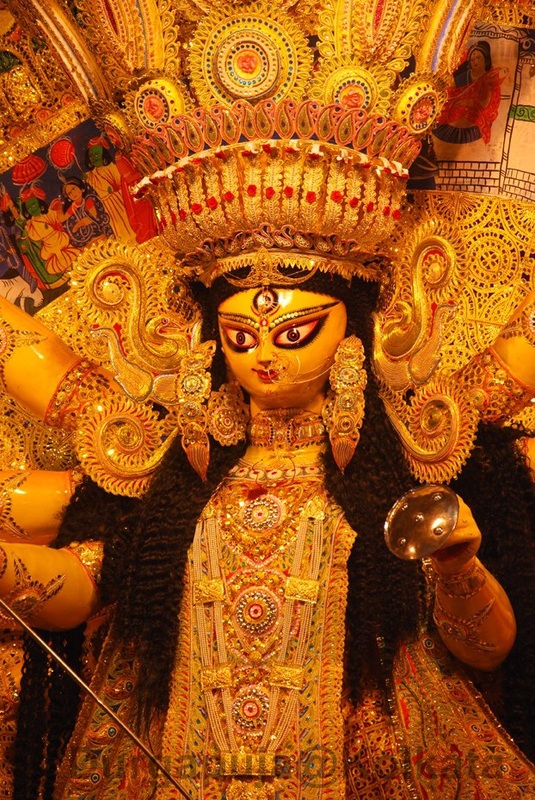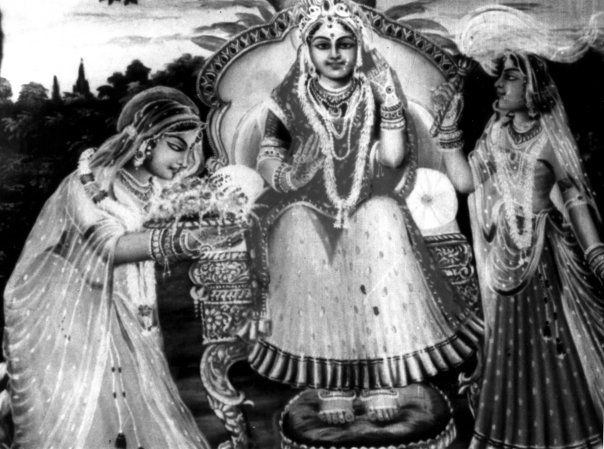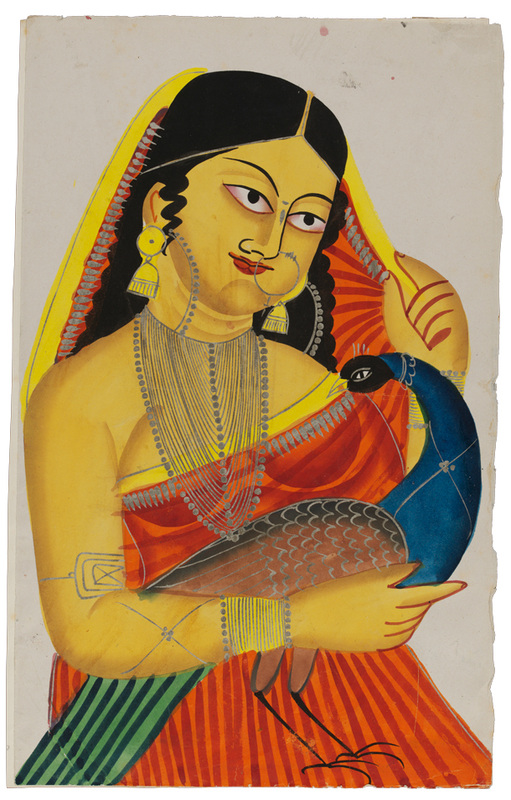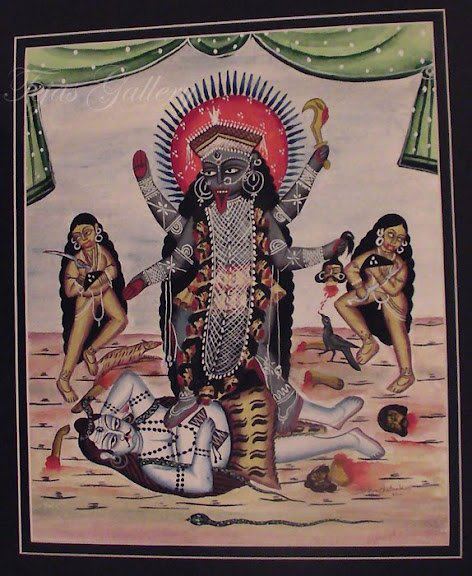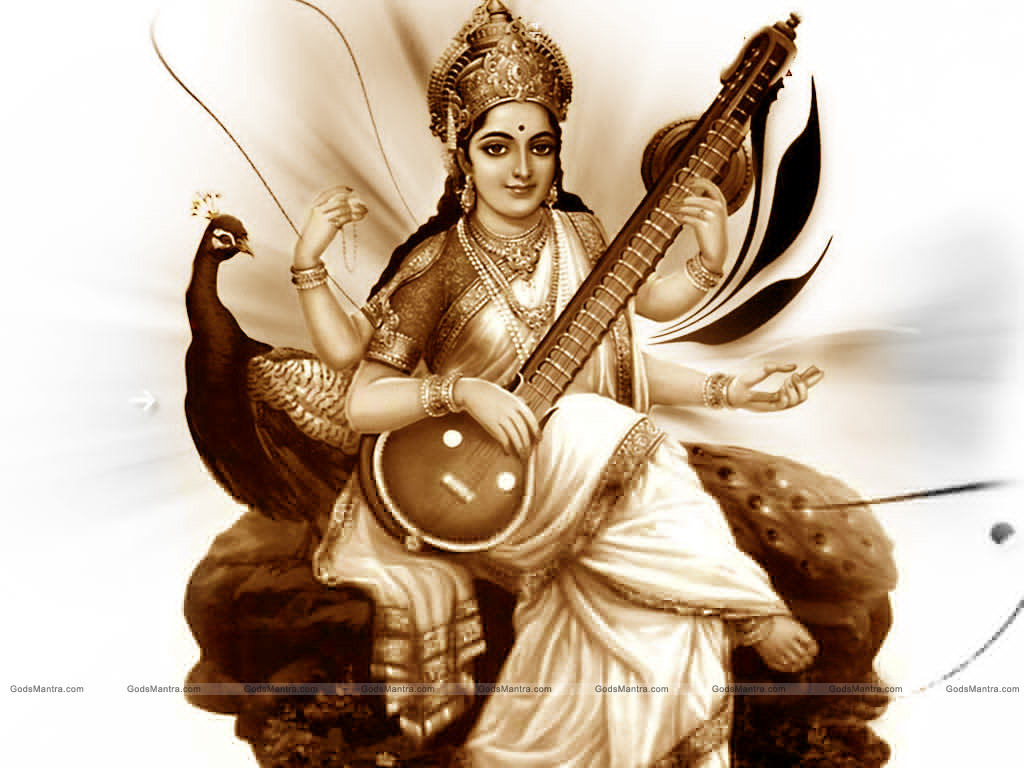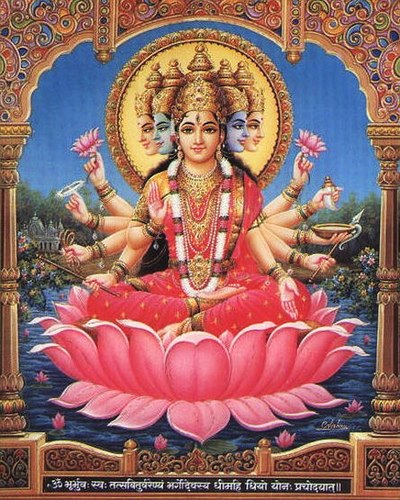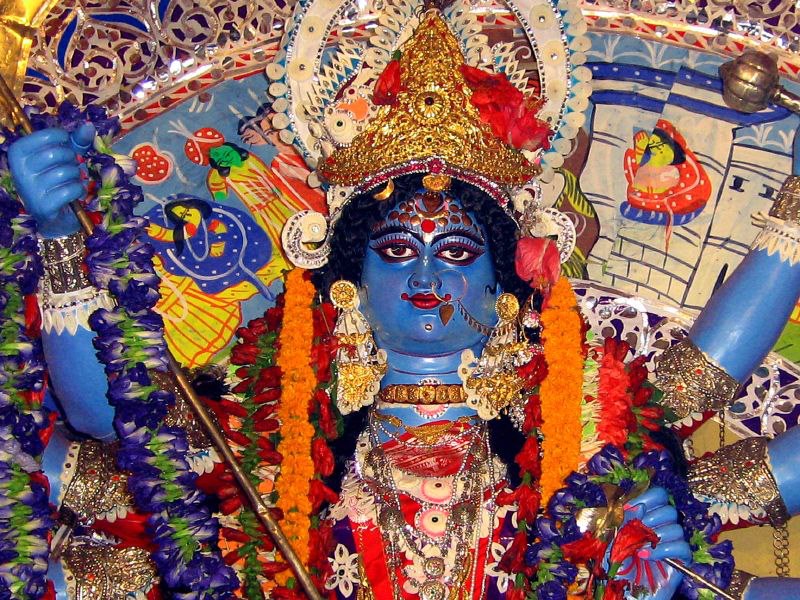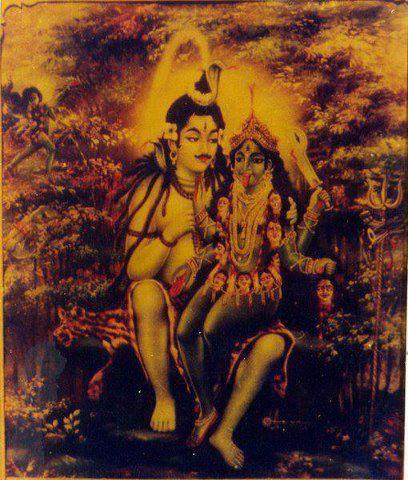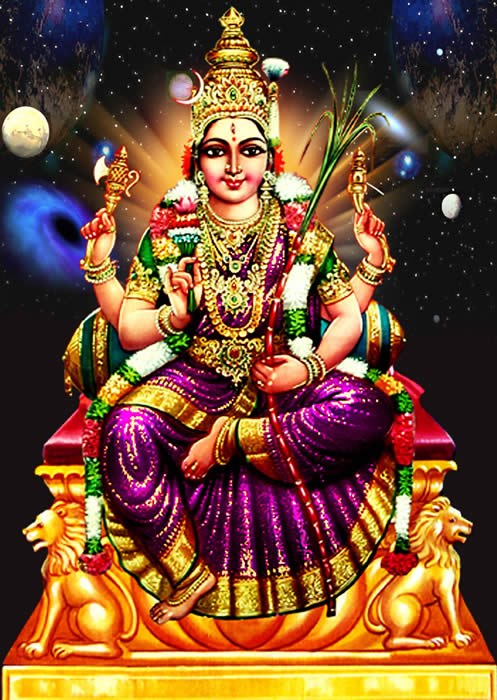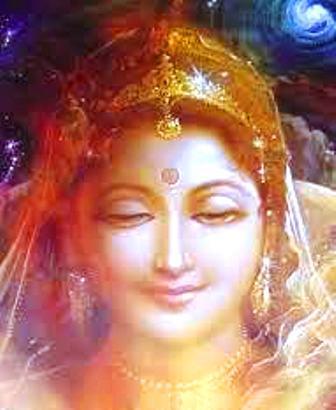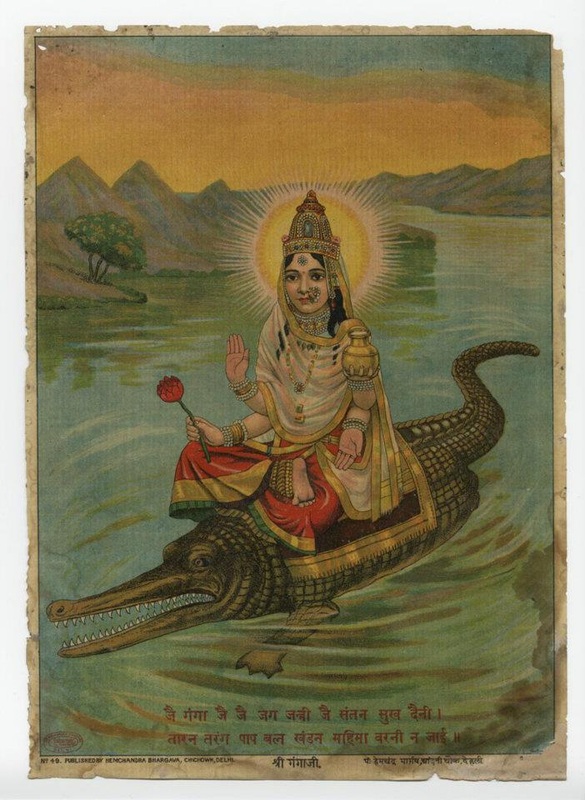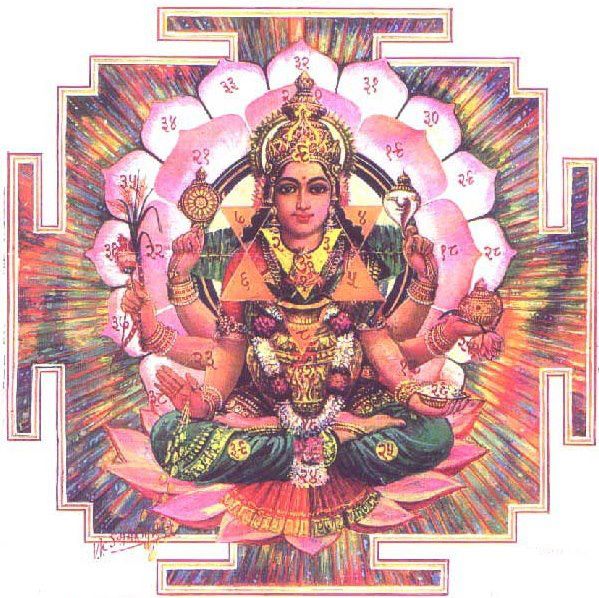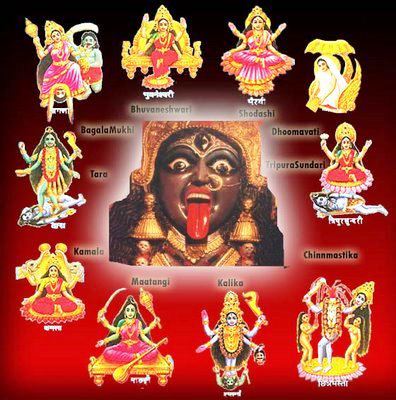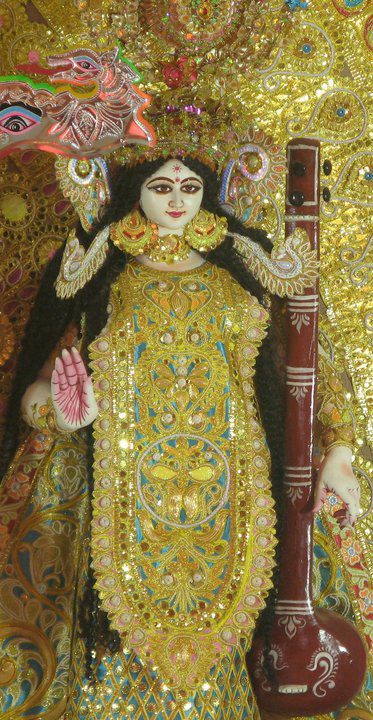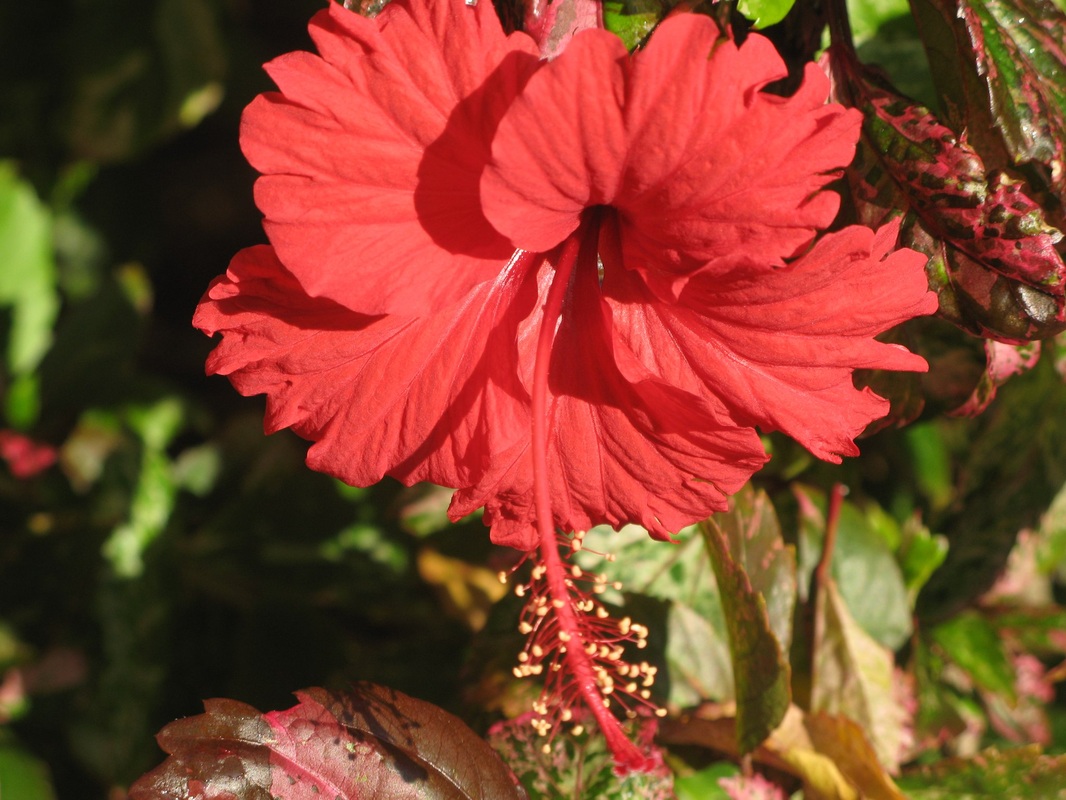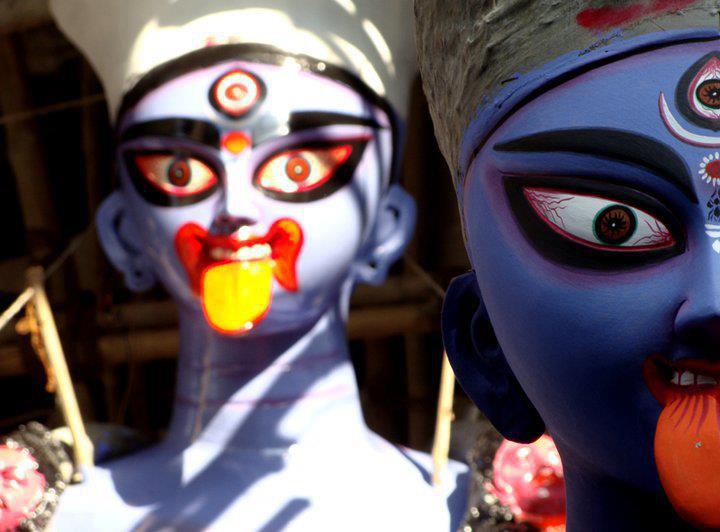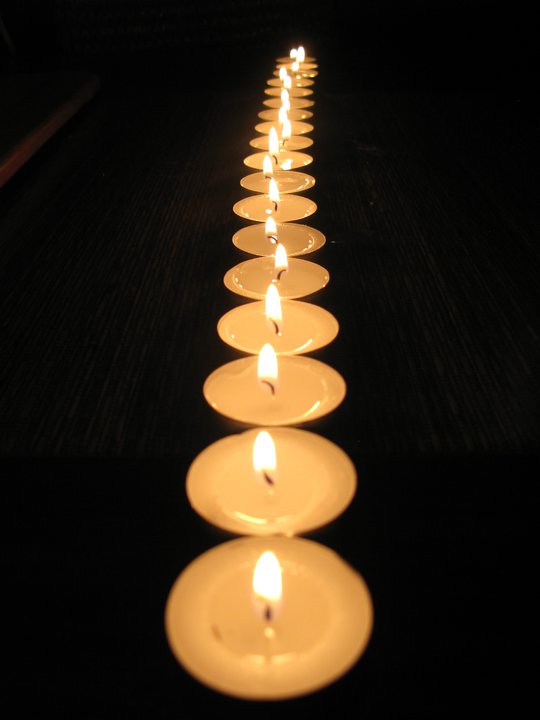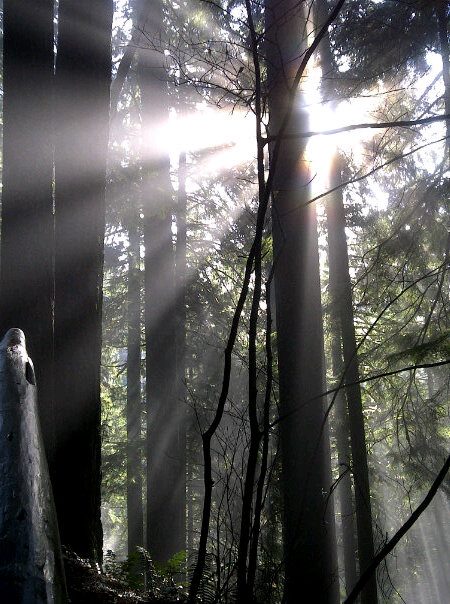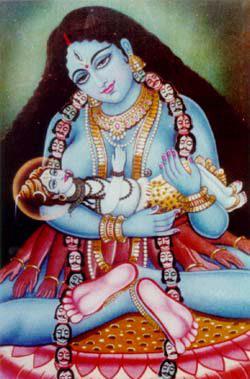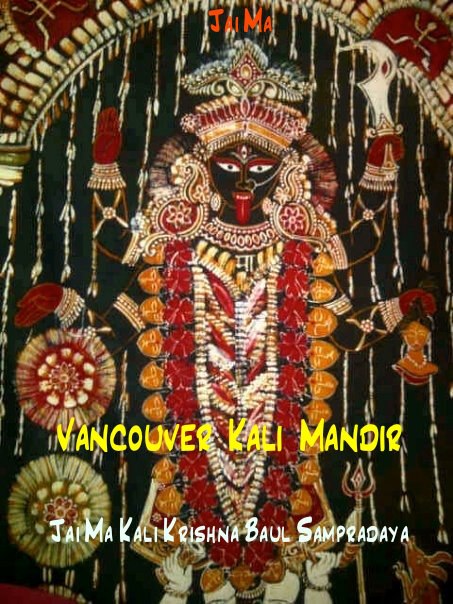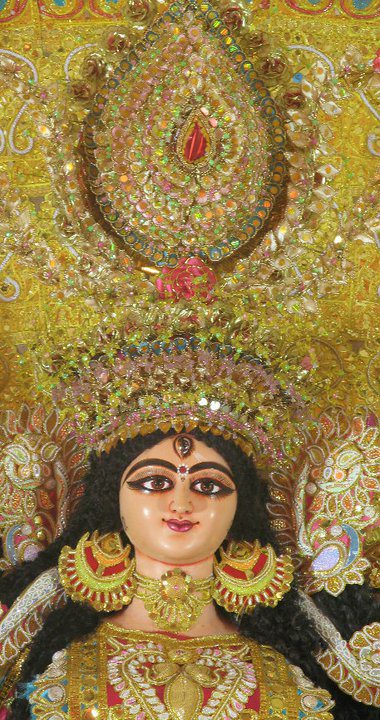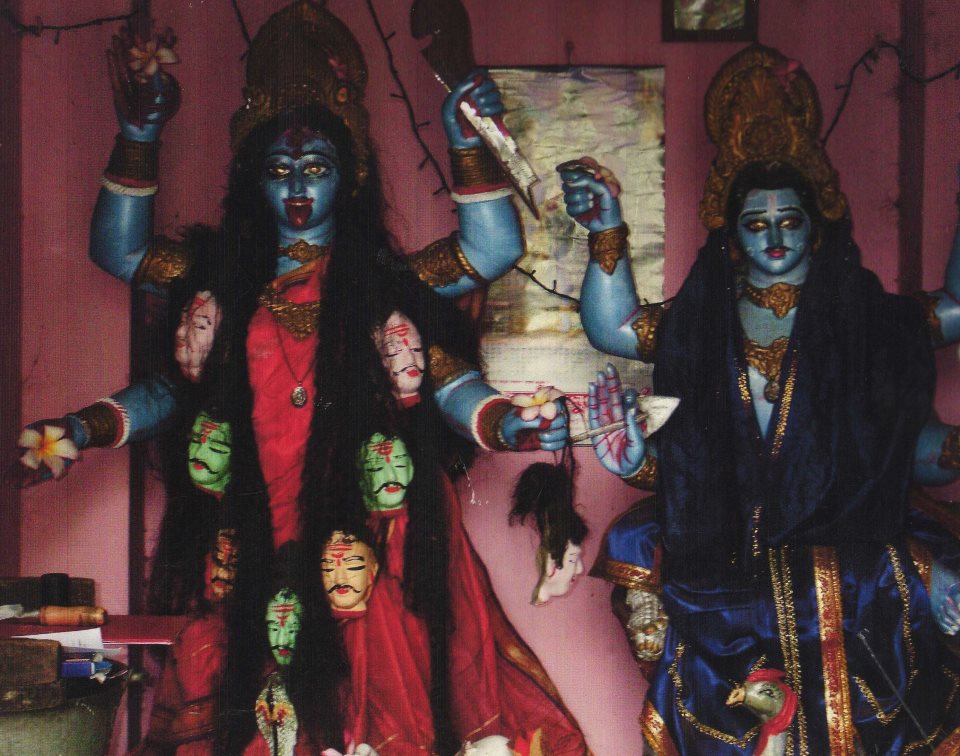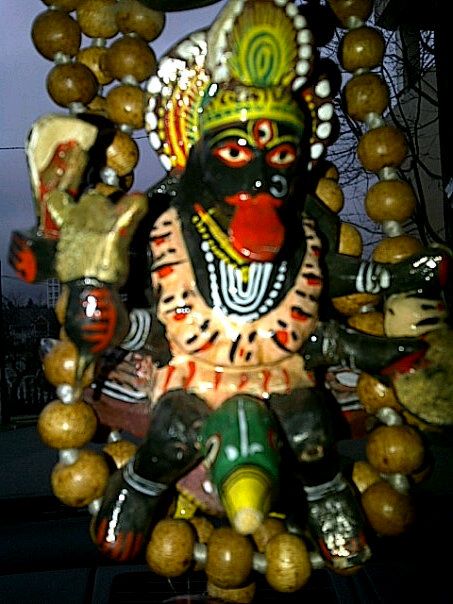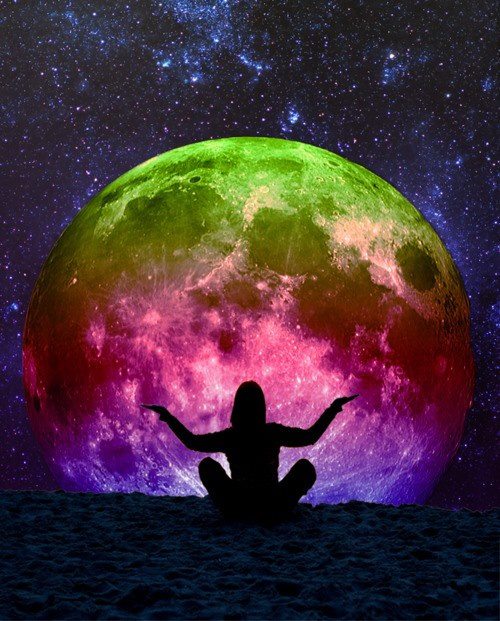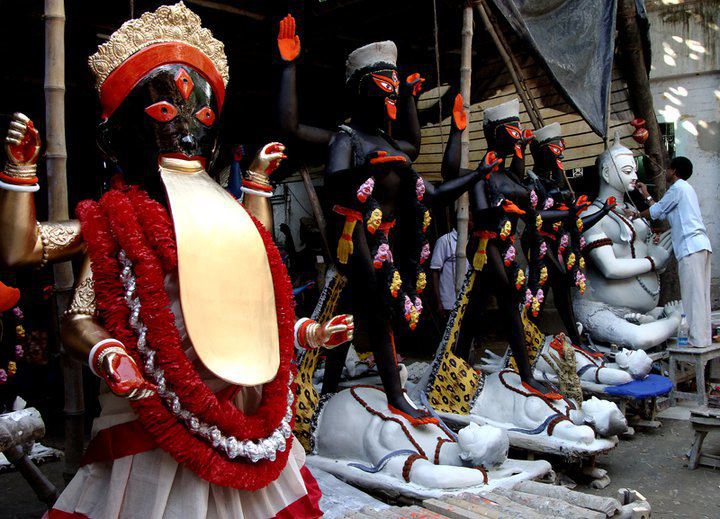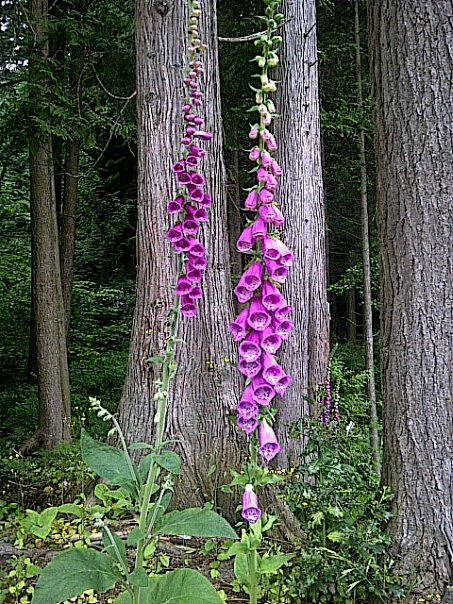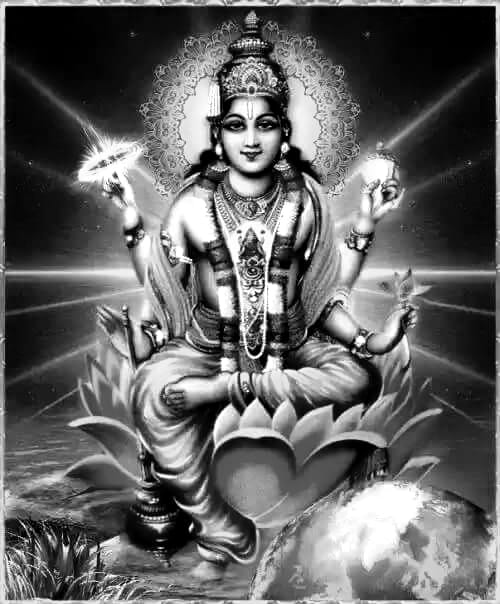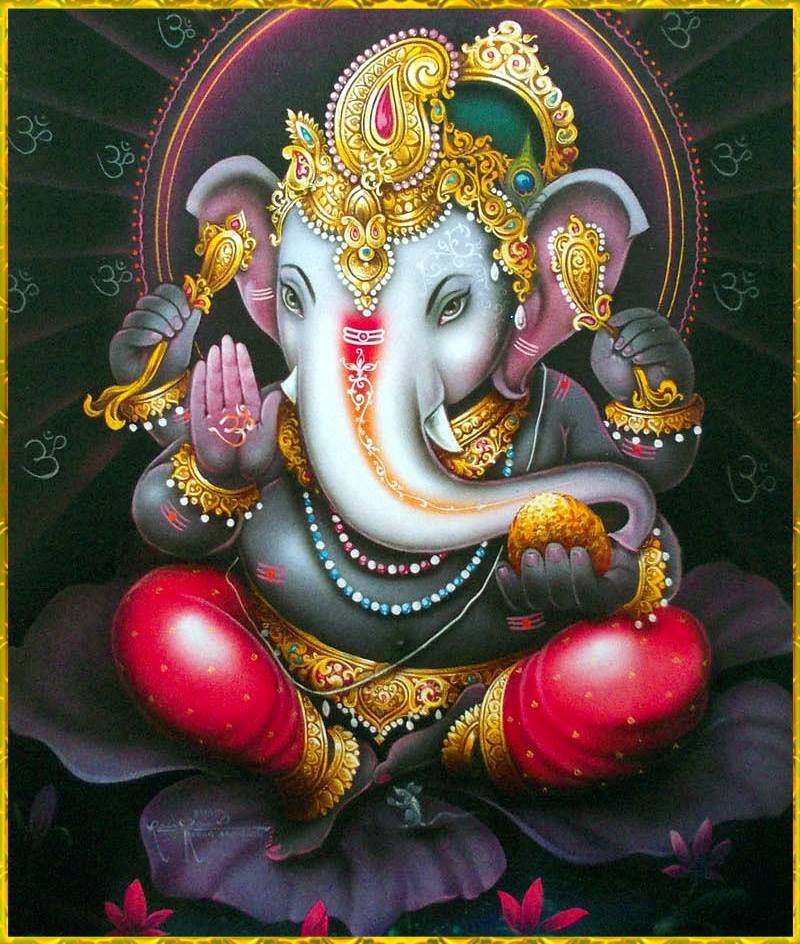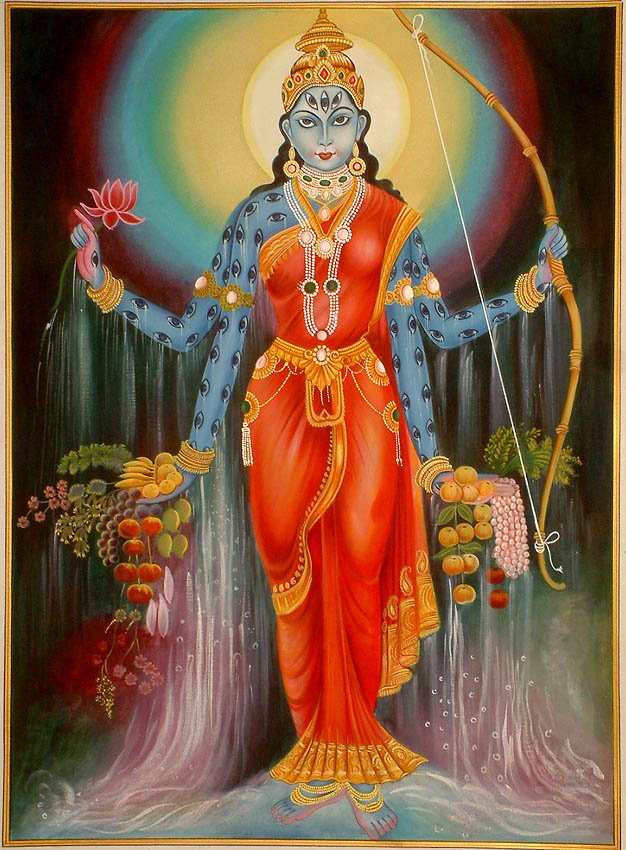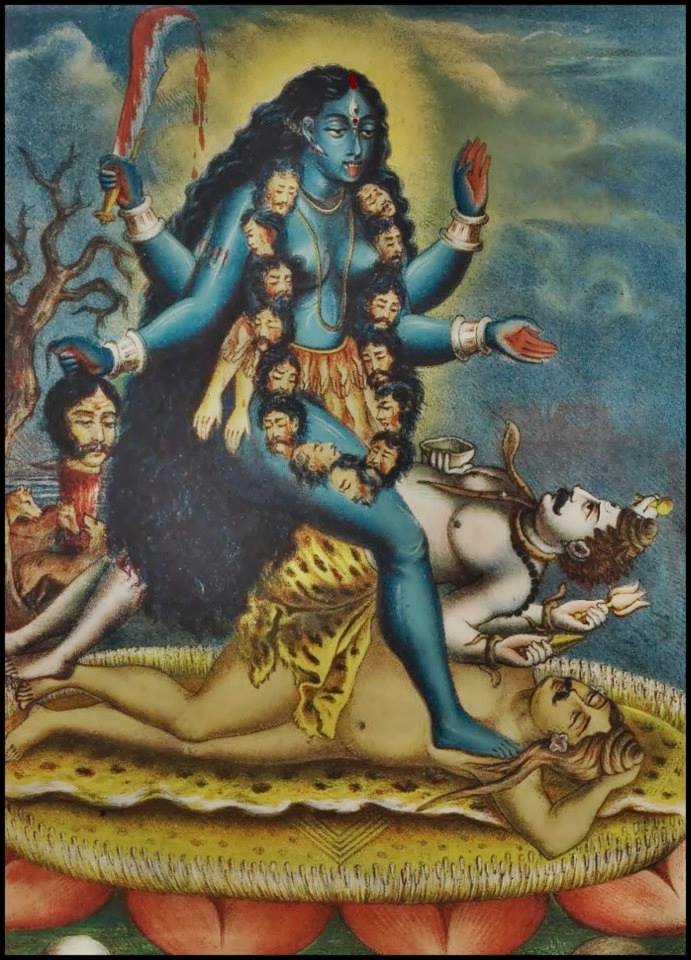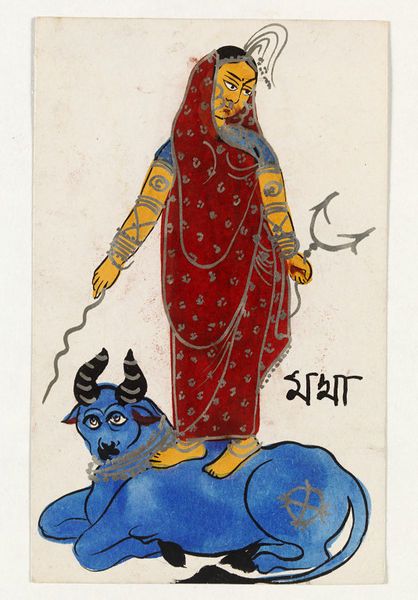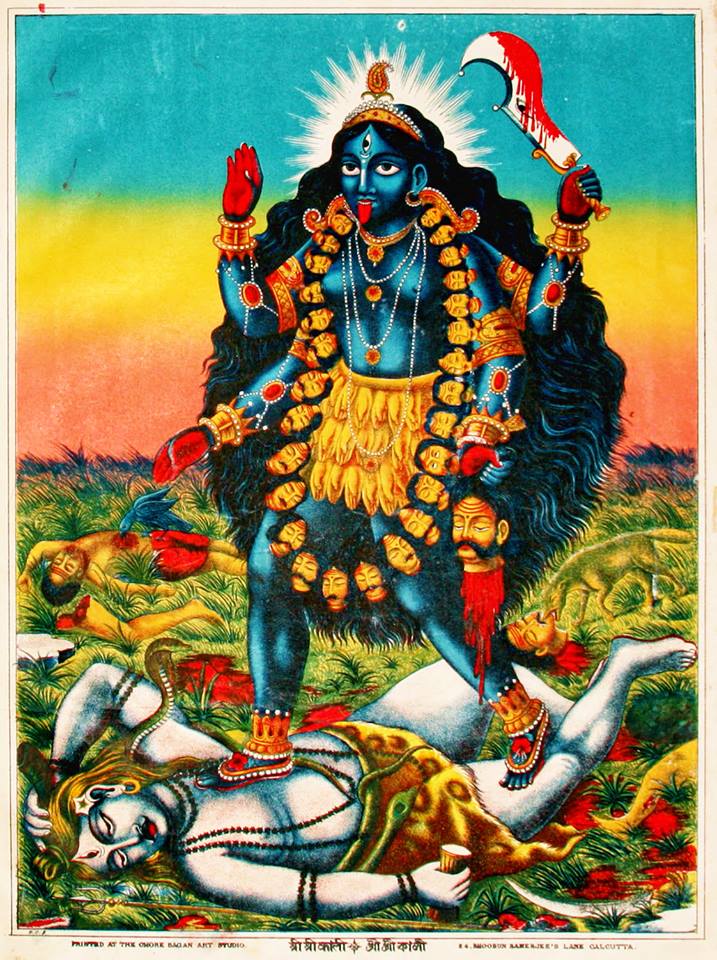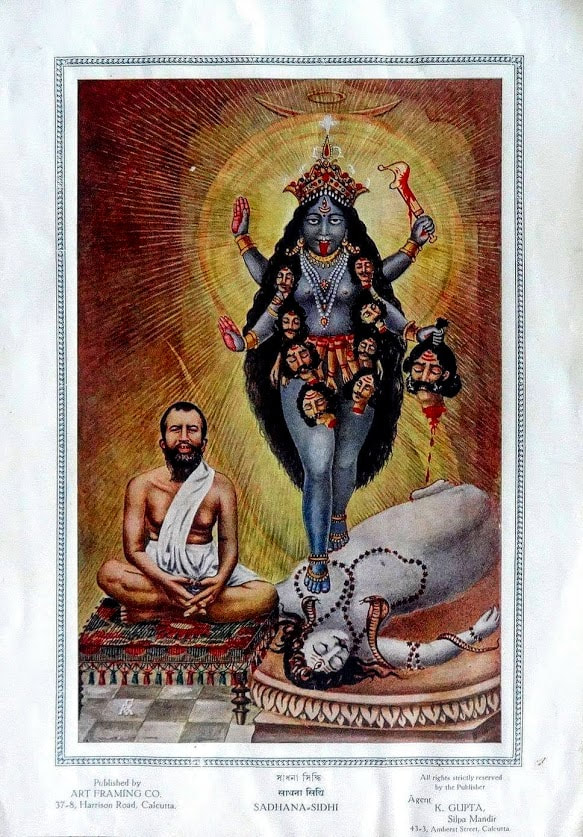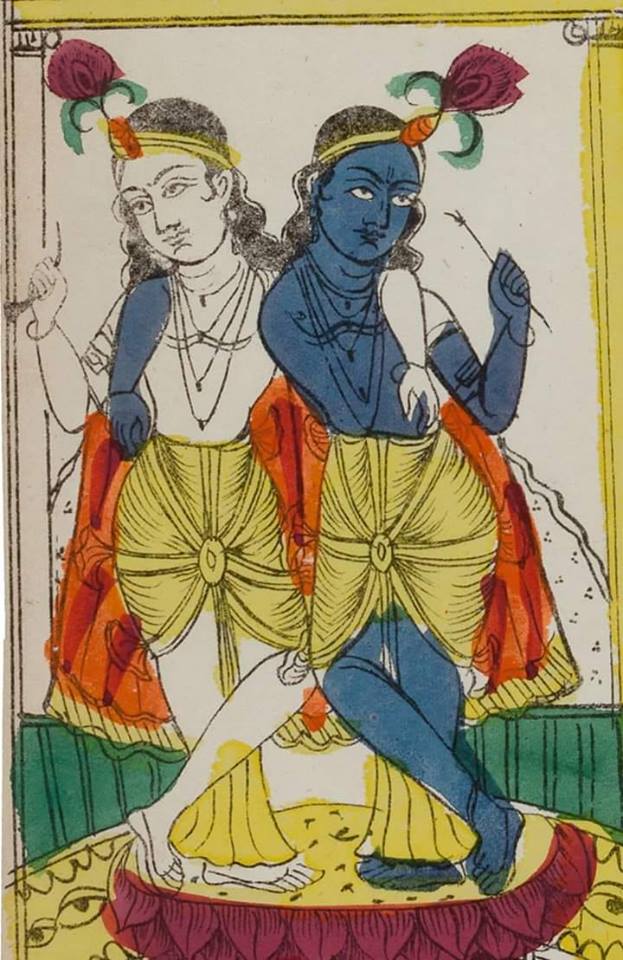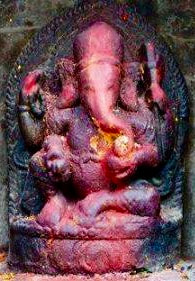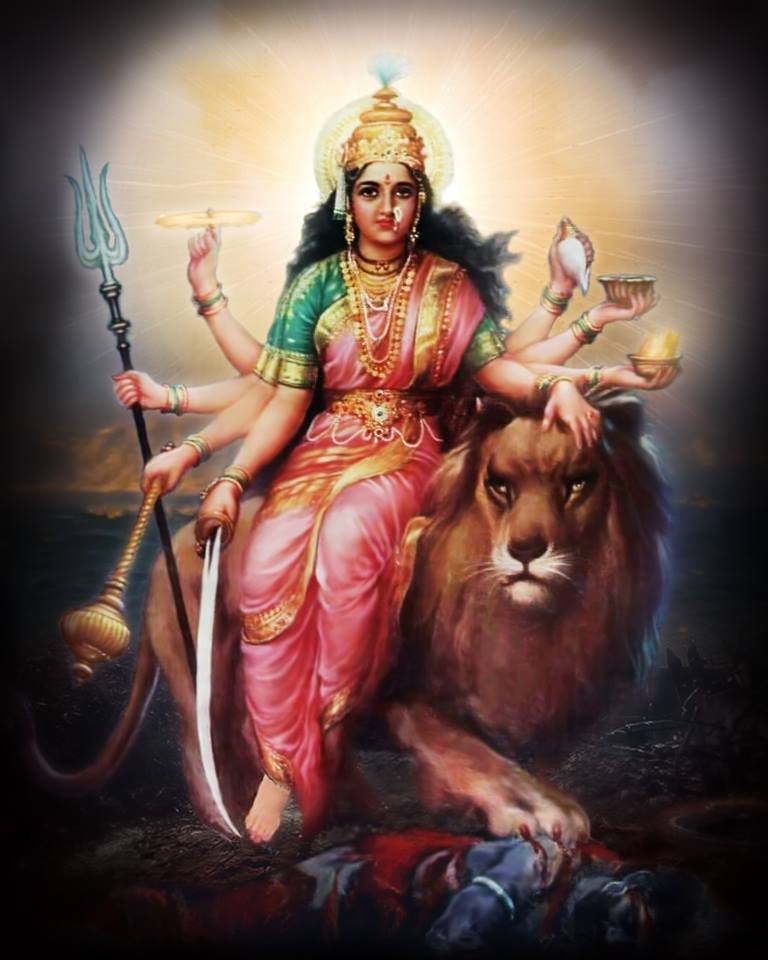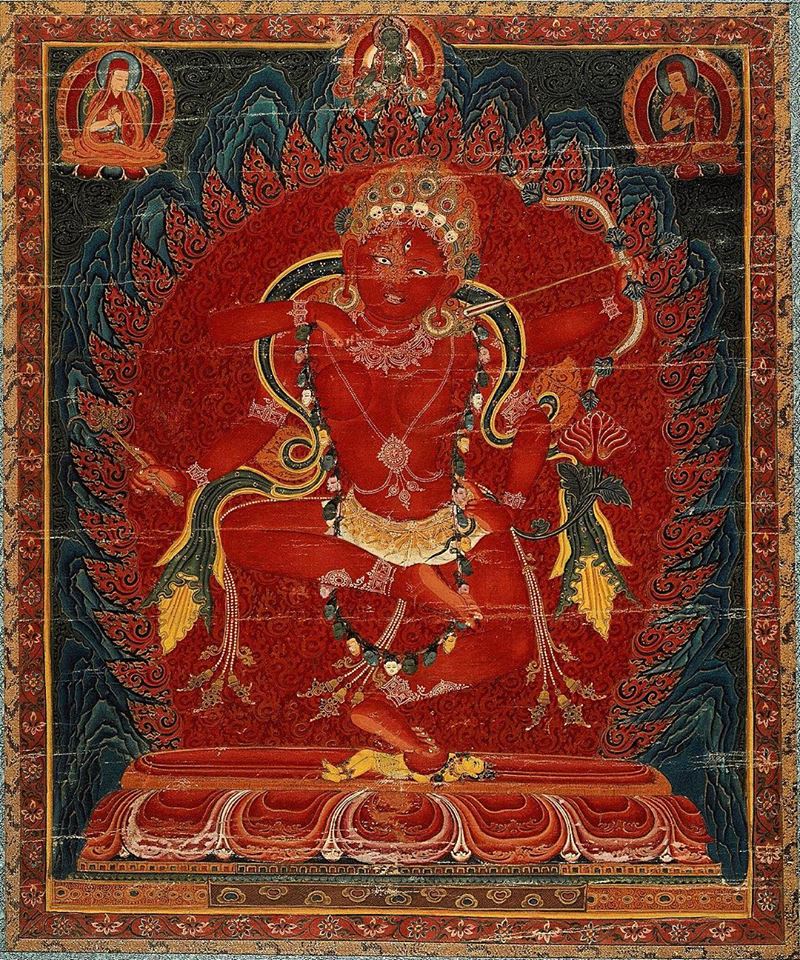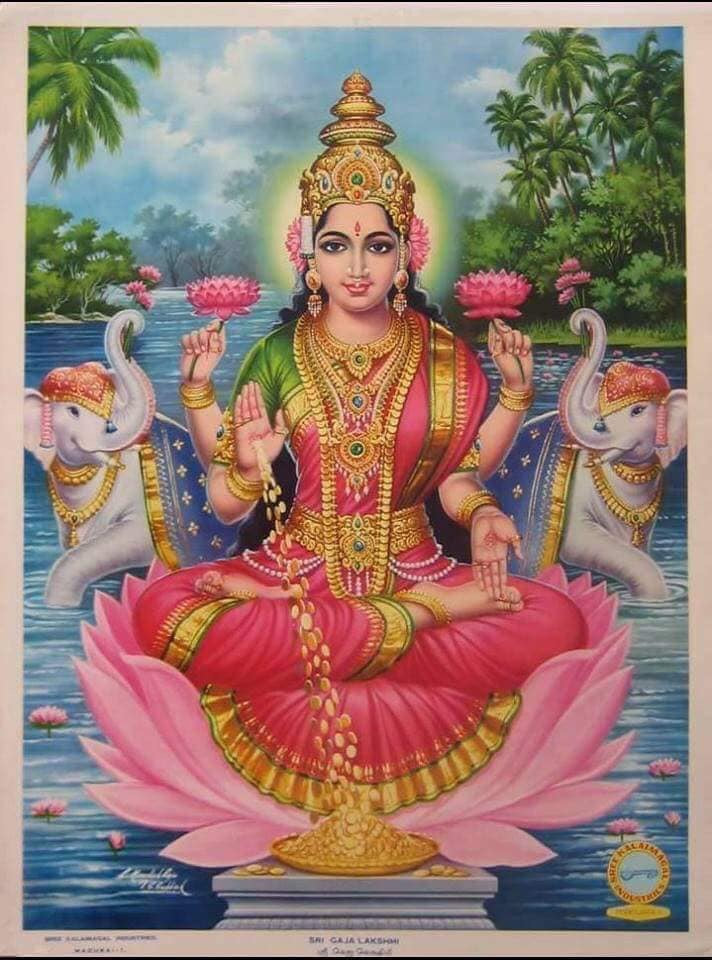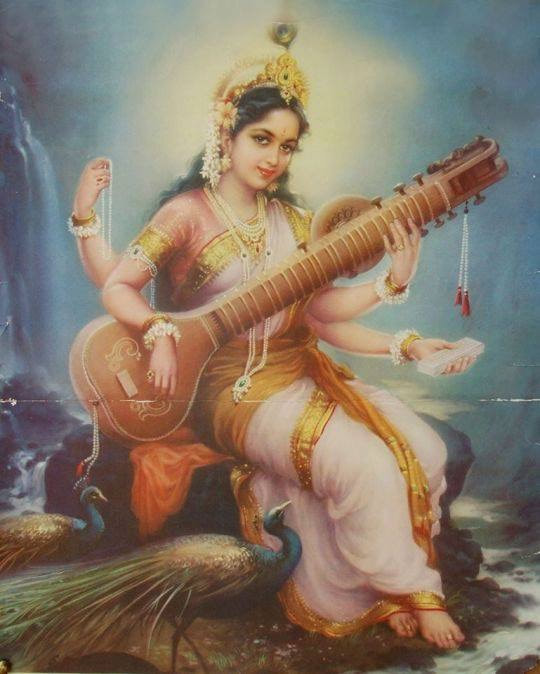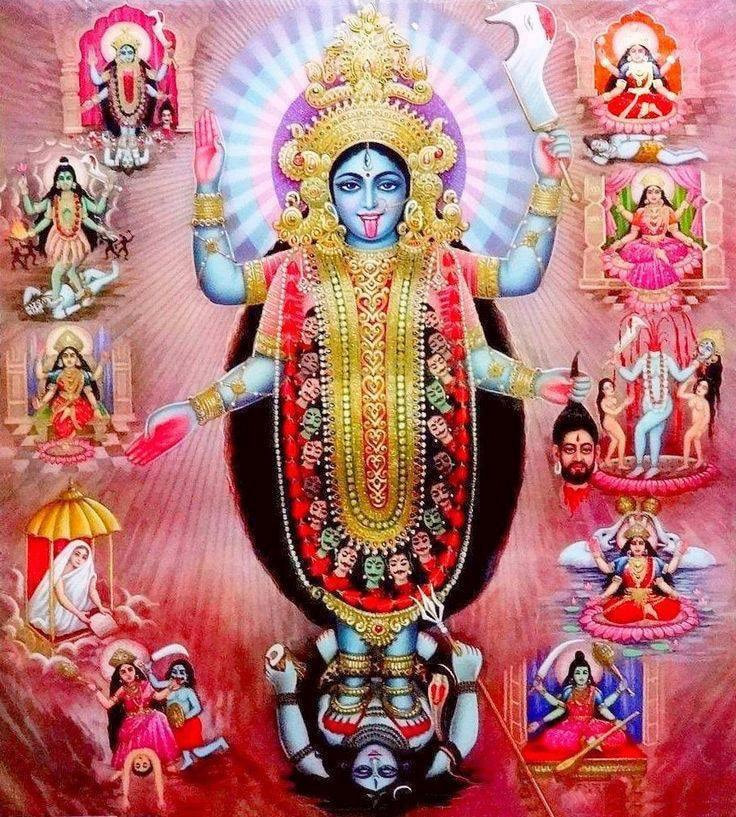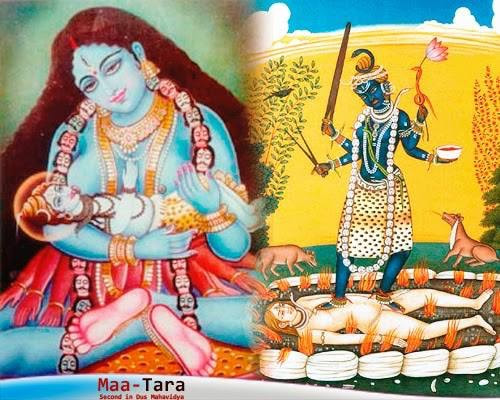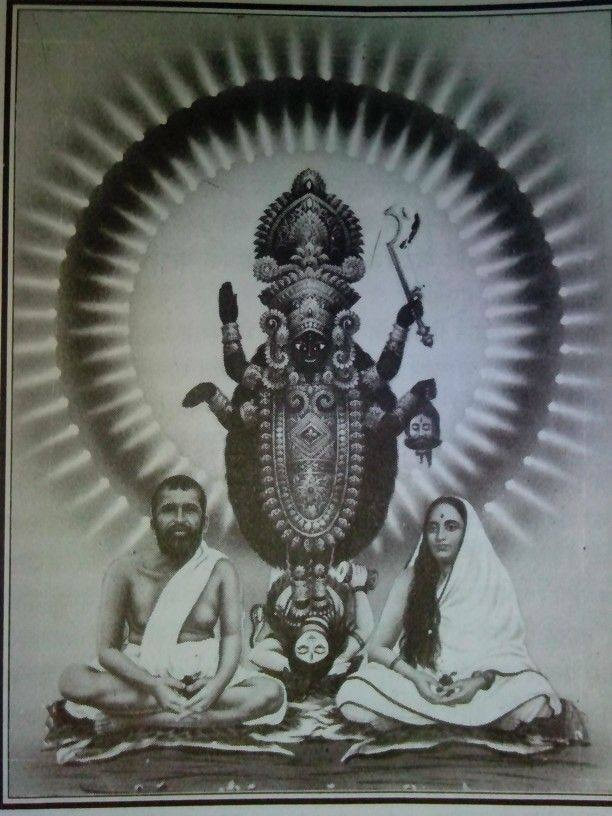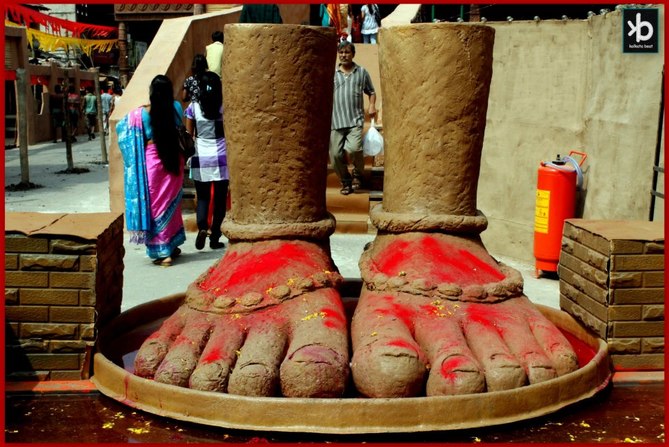
Bhagavathi is a general reference to Mother Goddesses especially in Kerala, Maharashtra and Goa. In fact the term is pan-Indian. It refers mainly to Goddess Saraswathi, Lakshmi, Parvathi, Durga and Kali. Indeed it is a general reference to the Hindu pantheon of feminine deities. In these places their temples are known as Bhagavati Temple. For instance, some of the notable temples in Kerala are: Attukal Bhagavathy Temple, Chottanikkara Bhagavathi Temple, Kodungallore Bhagavati Temple, Kavaserry Bhagavathi temple and Mangottu Bhagavathi Temple.
Bhagavati is synonymous with Shakti, the female aspect of the divine, as conceptualized by the Shakta tradition of Hinduism. She is the female counterpart without whom the male aspect, which represents consciousness or discrimination, remains impotent and void. The general term for Bhagavathi is Devi, quintessentially, the core form of every Hindu Goddess.
As Prakriti, she is the female manifestation of the supreme lord, balancing the male aspect of the divine addressed Purusha. In Shaktam, Devi is the Supreme Being. In Vaishnavism, Lakshmi as Devi embodies the active energy and the power of the male deity, Vishnu. In Shaivism, Devi’s counterpart is Parvathi, the material energy of Shiva. In the Smartha tradition, Devi is one of the five primary forms of God.
CHOTTANIKKARA BHAGAVATHY TEMPLE: ‘
Chottanikkara’ is said to be the corruption of ‘Jyotiannakkara’. It is also said that Jagadguru Adi Sankaracharaya brought the Jyotis of Mookambika Devi from Mookambika to Chottanikara. Subsequently, the place became a place of veneration by the call name of Jothiyanikkara which over time seems to be pronounced as Chottanikara.
This temple is located near Ernakulam in Kerala and stands proud of its history and temple architecture by ancient vishwakarma sthapathis . Here, Chottanikkara Deity is Trikala Devi meaning, She is worshiped in three different forms at three different times: As Saraswathi in the morning all dressed in pure white; as Bhadra Kali at noon dressed in crimson and as Durga in the evening dressed in blue. Thus the two deities are presiding here which can be seen in Melekkavu and Keezkkavu. Rajarajeswari is presiding in Melkkavu. Keezhkkavu Bhagavathy is Mother Badrakali in ugra form. The chaithanyam here was believed to be worshipped by Saint Bhoga and many other Acharyas like ShankarAchArya, Vilvamangala Swamiyar, KAkkassri Bhattathiri etc.
MELKKAVU TEMPLE:
The sacred sanctum sanctorum is on the top of the hill. It is open at 4 am. This is the time Goddess Saraswathi manifests as Sree Mookambika Devi. It is for this reason that the Mookambika Temple in Kollur is open slightly later, as she is believed to be back from Chottinikkara Temple. The deity in Melkkavu Temple is four armed form of Devi. She holds the chakra, conch and shows the mudras in the other two hands. She is in Swayamvarabhava -Prakriti and purusha bhaava. She is worshipped as Bhadrakali at noon and as Durga at evening. The speciality is idol of the goddess is not fixed to the ground but mounted on sand. Deity is also known as Lakshmi Narayana because Lord Vishnu is seated on the same pedestal.
KEEZHKKAVU TEMPLE:
This temple is at the foothills. The idol at the Keezhkkavu Temple is in Roudra Bhava. The Guruthi puja is performed here in the night starting from 8:45PM every night. Many other deities are worshipped here. Vishnu’s idol is on the right side of Devi’s idol on the same base and hence called Lakshmi- Narayana. Brahma, Shiva, Subrahmania, Ganapathi, Sastha are inside the SriKovil. Inside the Nalambalam are Sastha with Prabhadevi and Sathyaki devi. Kapaleeswaran , Shiva with Ganapathi, Nagas are outside the Nalambalam.
Large number of devotees comes to Keezhkkavu Bbhagavathy to get rid of evil spirit. There are several true examples and history that goddess here protects her devotees from all evil spirit and prayogas. It is said that this temple saves people who suffer from mental illnesses. They come and seek refuge in Devi at Keezhkkavu. Guruthy pooja is special here. It is said that devotees should first visit Keezhkkavu and then visit Melakkavu. It is common for devotees to attend the 41 days Bhajan and prayers. During Sabarimala season, this temple is flooded the the Sabarimala Samis and Ayyappa bhaktas.
RAKTHAKKULAM.
‘Ratham’ means blood. ‘Kulam’ means pond. Events leading to this Kulam is traced in the Sthala Puranas. It points to Goddess Bhadrakali beheading the raksha Yakshi. Temple records dating back 250 years also confirm the Puranic events. Yakshis are female spirits. One Guptan Nambudri, given to tantric practive bypasses his guru, Achan Nambudri. He scoots off with a few tantric manuals and ventures into Vamachara. He performed rituals to invoke yakshis. He appeared to have failed, when a bloodthirsty Yakshi in the nearby forest was indeed awakened. This yakshi remained aloof in the dark waiting for the right time.
One night Guptan ventured to see a dance performance and on his way back, a maiden of bewitching beauty encounters his journey. Her smiles were tantalizing and the spellbound Guptan fall into the net of Ithuttu Varasyar, as she introduced herself. She requested his company on the way to town, whence Guptan had to stop by Achan’s house to return some books. Somehow Guptan did not make an issue even when he realized that he felt exhausted during the slow walk.
Seeing Guptan’s exhausted face and his hurry to hit the road, Achan learns of the yakshi Ithuttu and he comes out of the house. Seeing her, he becomes suspicious. He called Guptan, and asked him to touch him and look at the woman. Guptan did as he was told, and he froze. What he saw was an apparition: a fiendish, voluptuous woman, with fierce eyes and protruding teeth. While Achan chanted some mantras, Guptan was asked to run to the Chottanikkara Temple without turning back. Achan gave him a Devi Mahatmyam scribbled palm leaf amd a wet towel with mantric powers transferred to it. He was to throw it behind him once he stepped into the temple parikaram.
Now, the Yakshi was not surrendering to human beings, so she gave chase. She gave a competitive chase. According to Sthala Purana, the palm leaf saved Gupta so far but the Yakshi gave chase. There was the concern that she could subdue the mantric towel. Now it was only the Goddess that could save him. Reaching the Kiszhkkavu temple, he threw the towel behind him and was about to heave a sigh of relief, when the powerful Yakshi stretched her hands unnaturally and caught hold of his heels, just outside the temple.
On that night there was play organised by the temple Tantrics to portray how Goddess Bhadrakali was challenged by Yamaraja and is finally subdued. The play was over with the artists and tantrics gone home, but the lonely Goddess was still present outside the sanctum near the Pipal tree examining the nails driven by her devotees. She heard Guptan cryingg out for her mercy. Ever ready for a fight for the sake of her devotees, the benevolent goddess grabbed the Nandaka sword installed below the Paala tree and came to Guptan’s rescue. Yakshi, in her thirst for blood, failed to notice this. She was just about to insert her claws into Guptan’s neck when Bhadrakali confronted her.
Yakshi invoked her powers and slipped away from Bhadrakali to be in pursuit of Guptan. As Yakshi was about to enter the pond, Mother caught her and she was beheaded. The head was thrown into the pond, which turned red with Yakshi’s blood. Bhadrakali held on to Yakshi’s mundam-headless body for a while before throwing it to the ground. She then gave Guptan a sarcastic look, as if admonishing black magi and disappeared. The temple pond at Chottanikara is known as the ‘Raktakulam’ due to reddish water. Apparently with the killing of Yakshi, dreaded spirits in the area were done away with once and for all. Then again, Yakshi was also Mother Bhadrakali’s child. By her greatness and love for all her children, So she demands a small share of offerings to the slain Yakshi. Chottanikara Temple is thus well known to relieve victims from possession of spirits and negative influences due to rituals of abhicharam-black magic.
FESTIVAL:
‘Makom Thozhal’ mean ‘worship on the Makam day.’ The day is also known as Chottanikkara Makam. It is observed on the day when Makam or Magham Nakshatram falls in the Malayalam Month Kumbham. It is a day the temple gives special preference to women devotees who arrive in large numbers. On this day, Goddess Bhagavathi is taken on a ritualistic bath. Thereafter Lord Shasta and eleven caparisoned elephants, accompany Bhagavathi to the open ground known as Pooraparambu, where She stays there till noon. Then, She and Her entourage return to Her Sanctum Sanctorum. Later on the day, she gives darshan. This is the famous Makam Darshanam or Makam Thozhal.
MANTRA:
Sarva Mangala Mangalye, Shive Sarvardha Sadhike, Sharnye Thrayambake Gowri, Narayani Namosthuthe.
Hara Hara Mahadeva
Yogi Ananda Saraswathi.
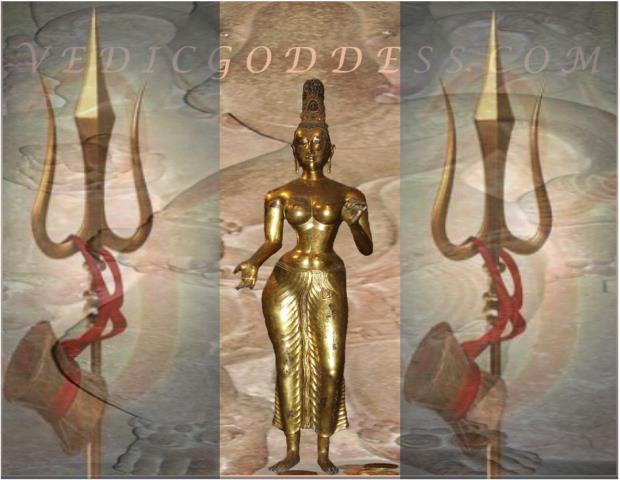
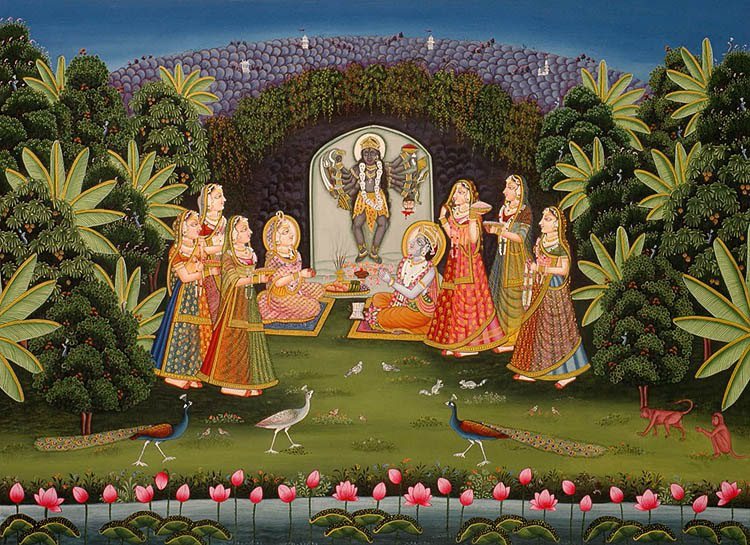
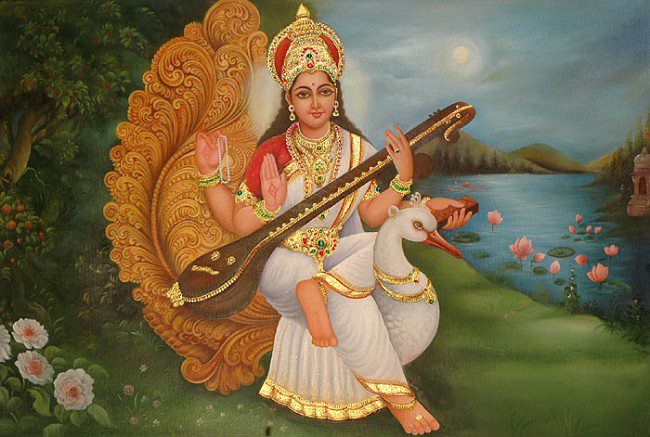
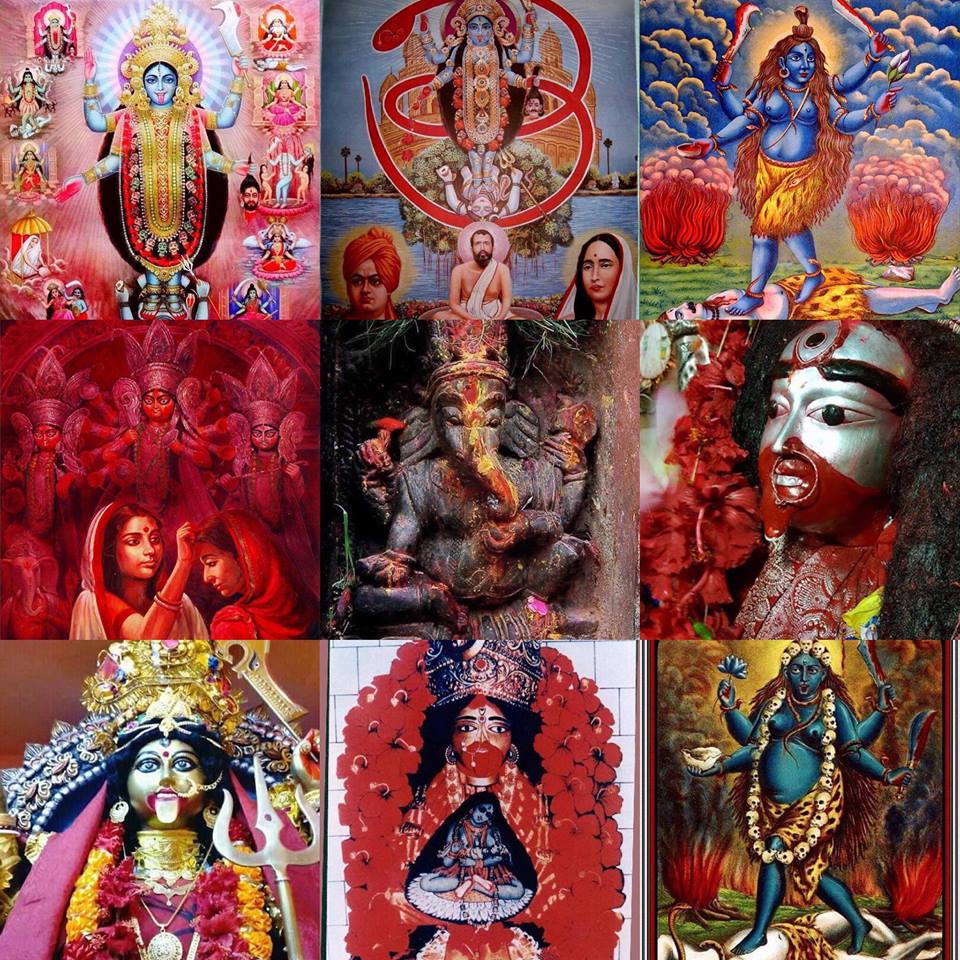
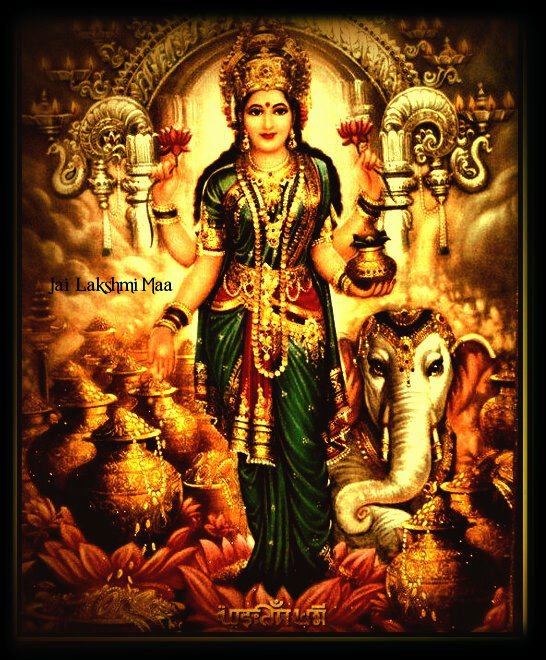
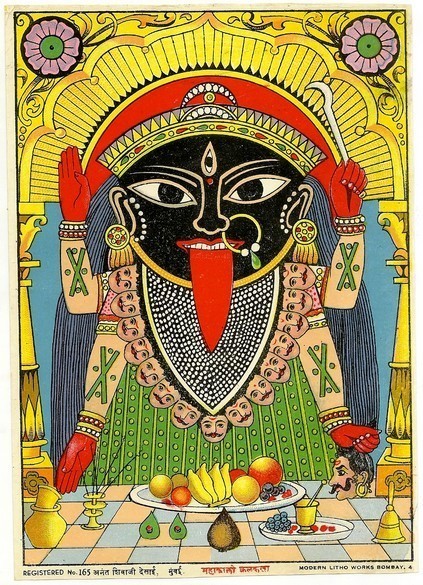
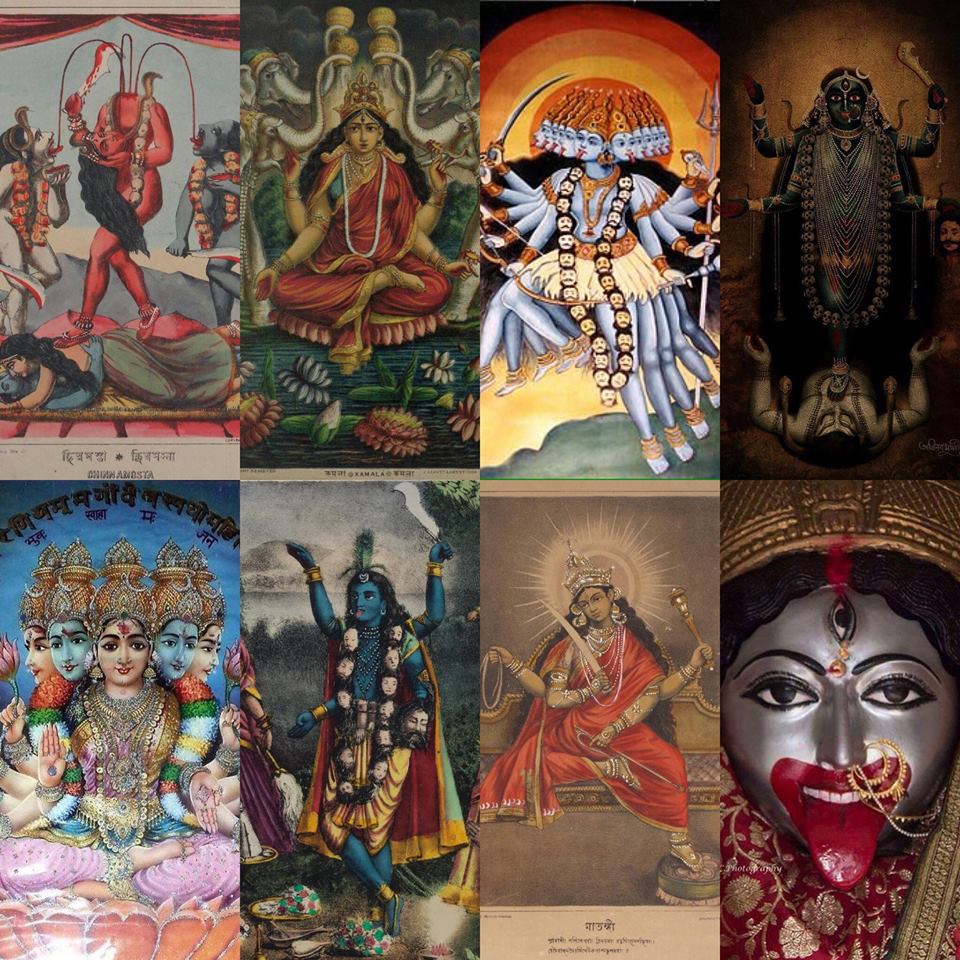
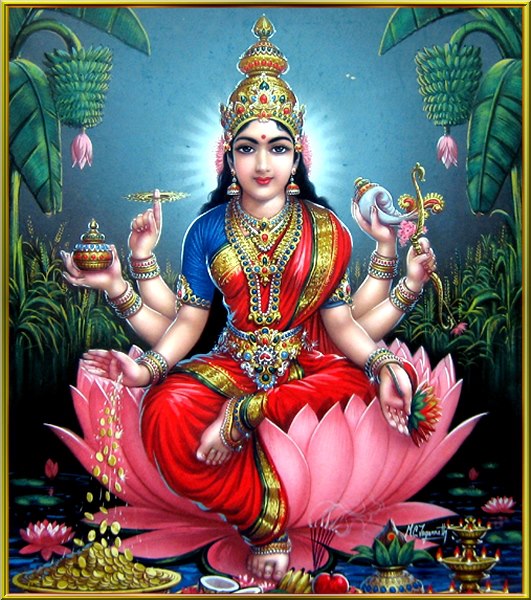
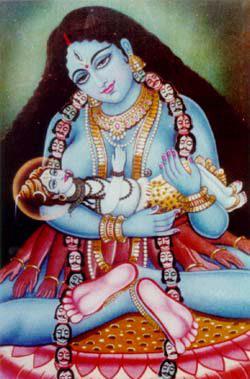
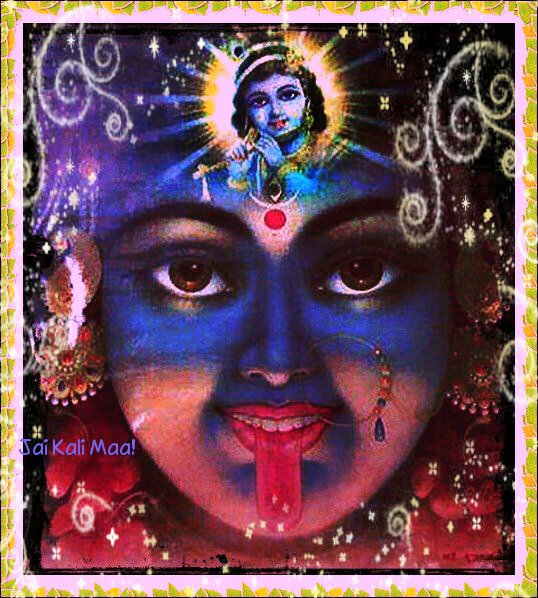
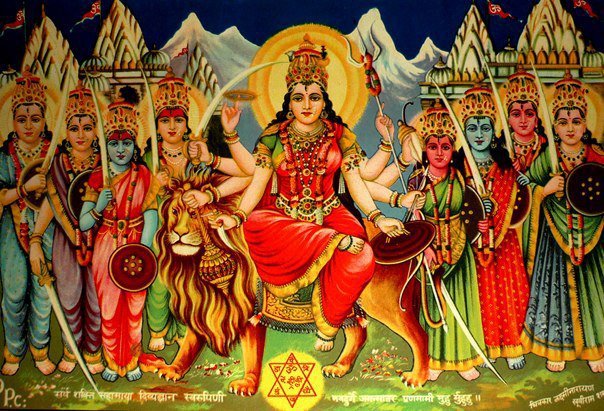
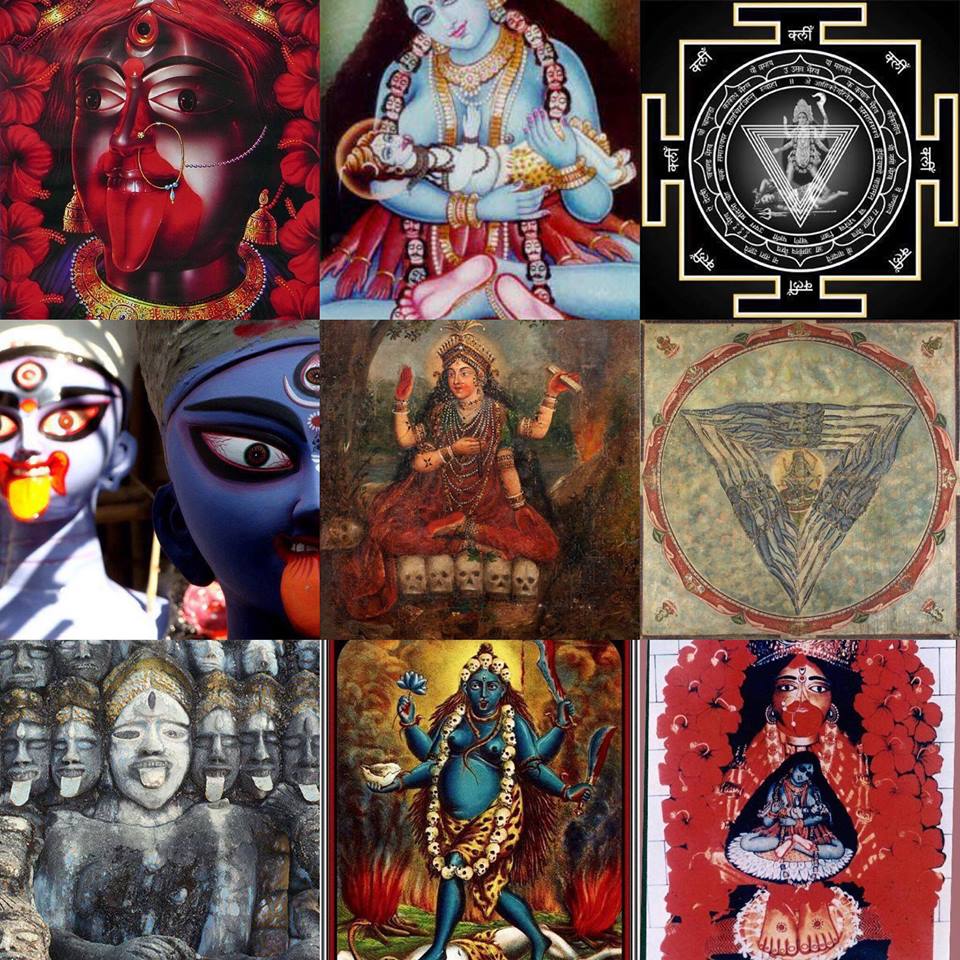
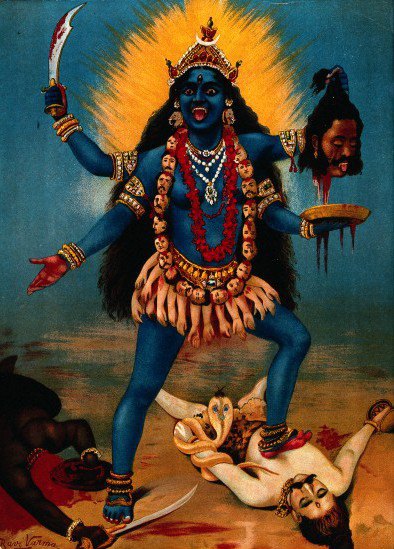
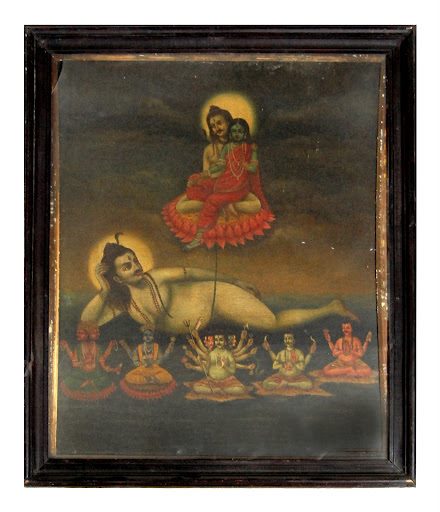
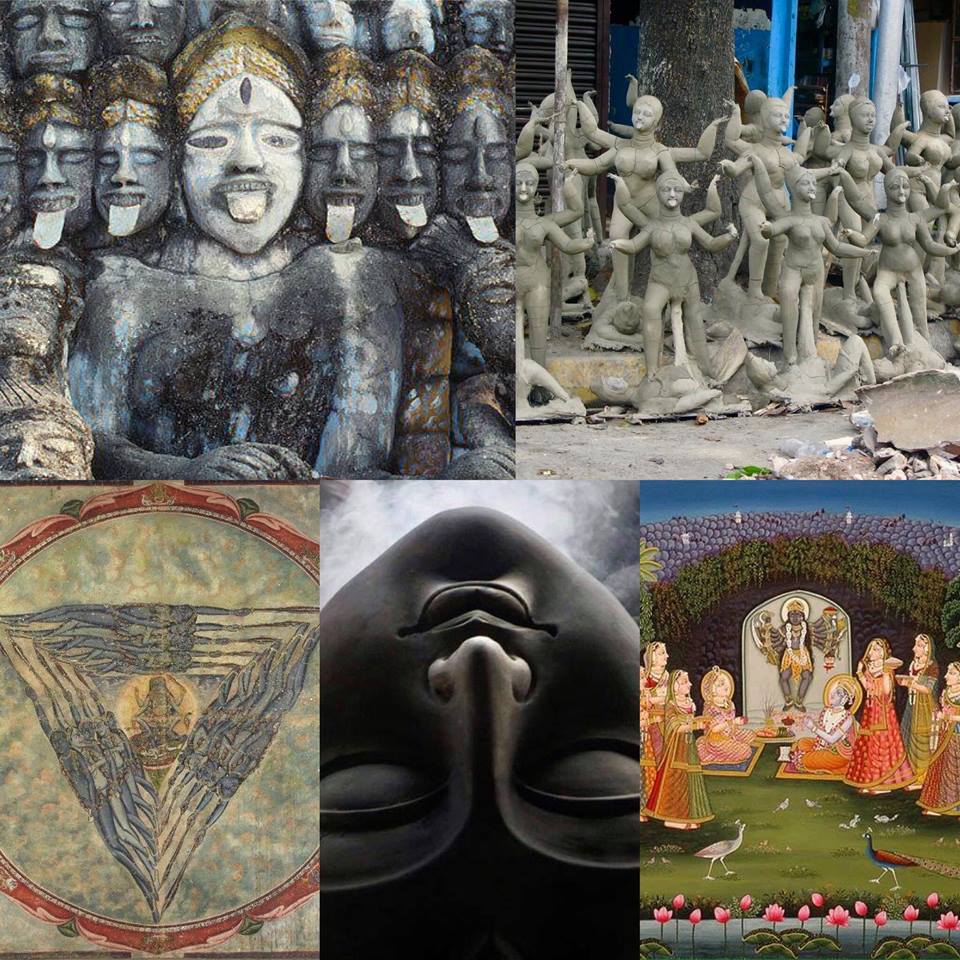
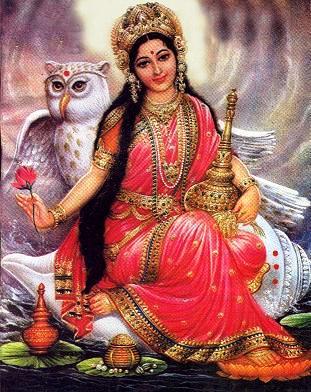
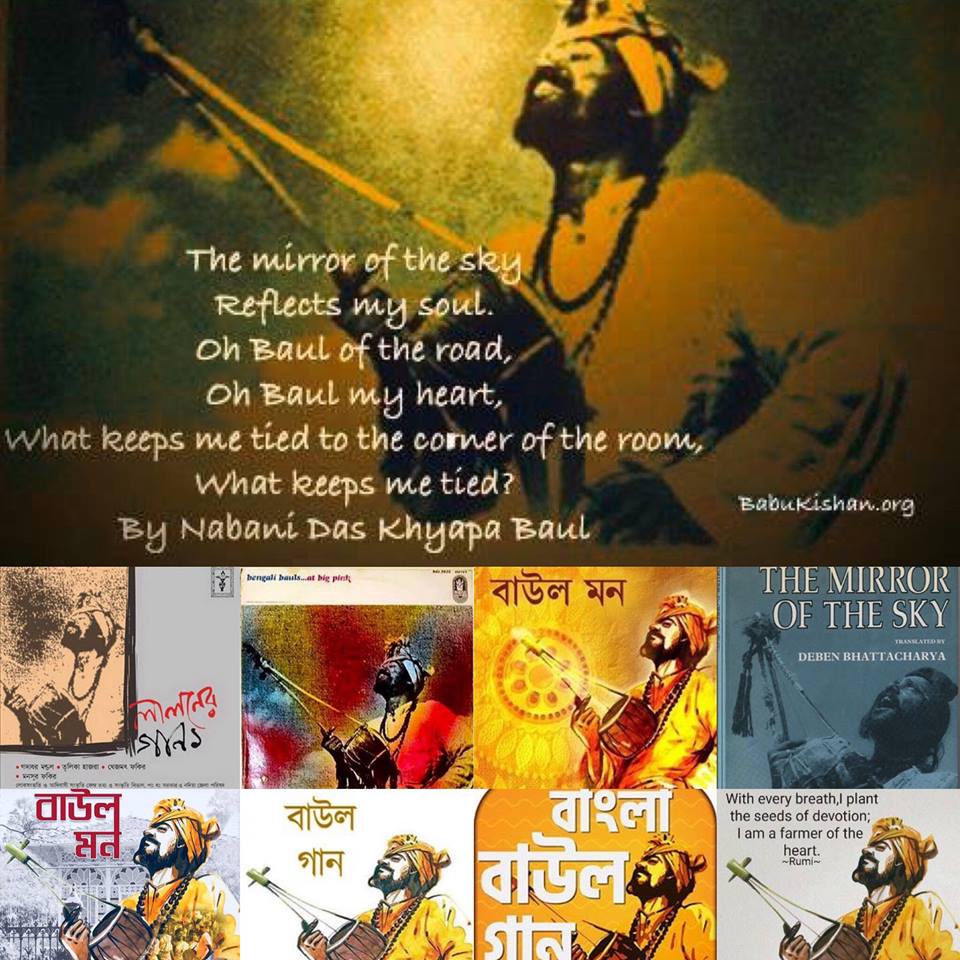
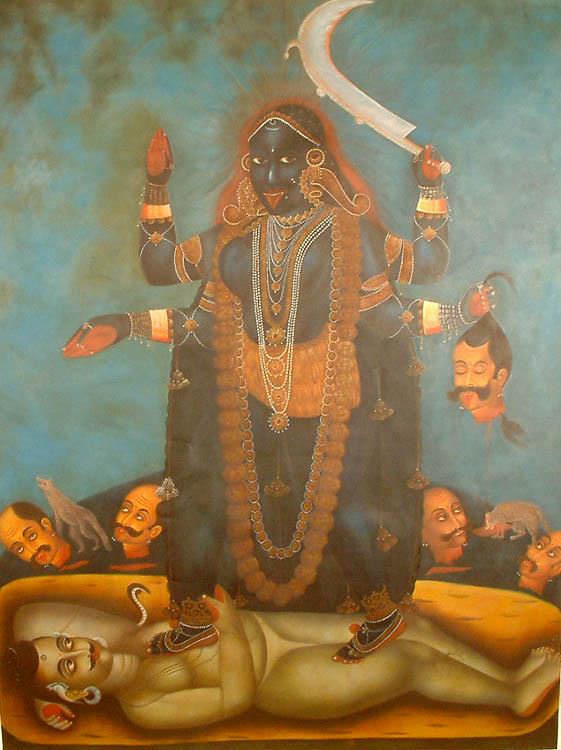
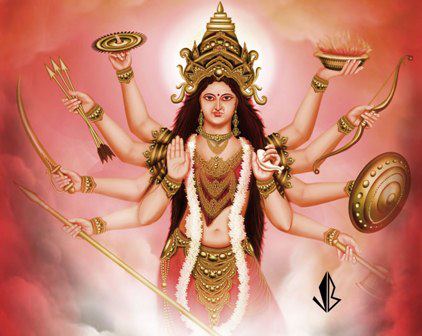
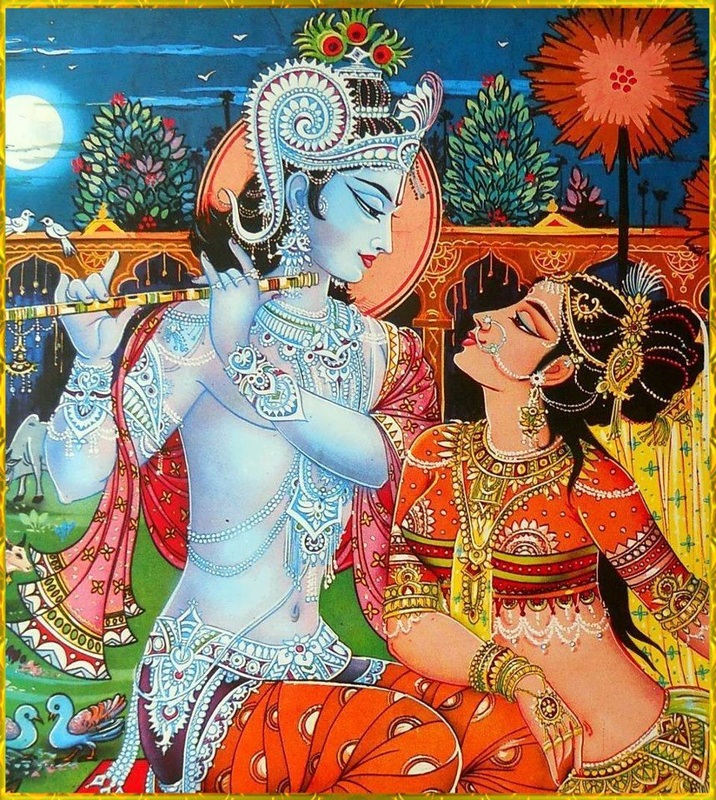
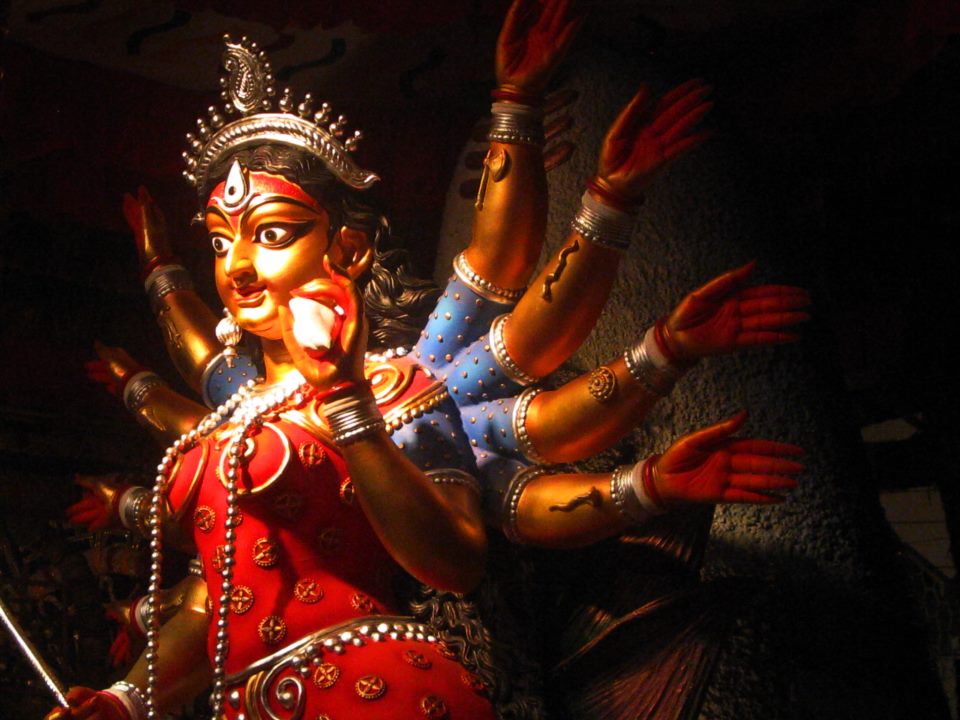
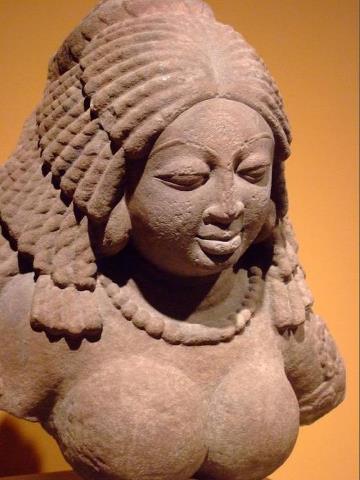
 RSS Feed
RSS Feed
